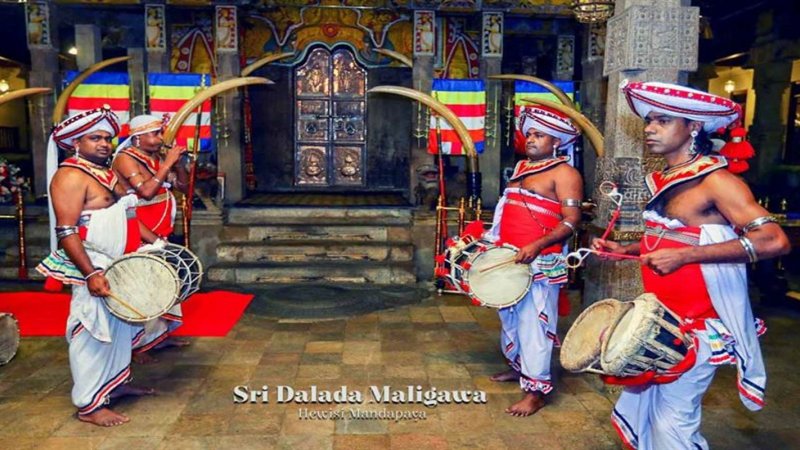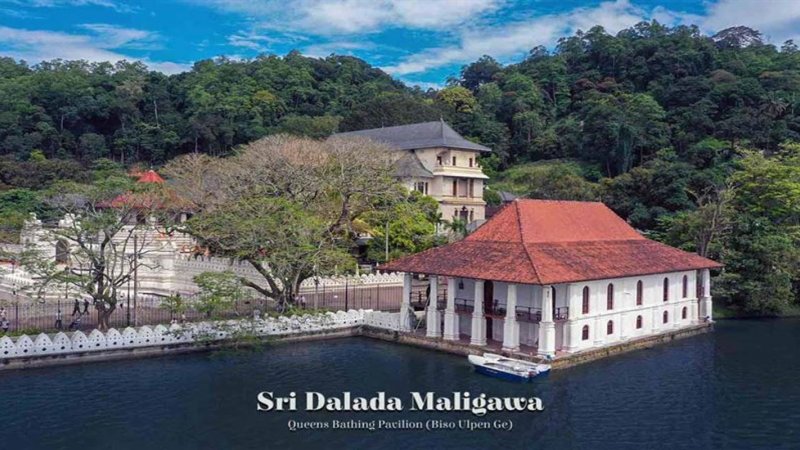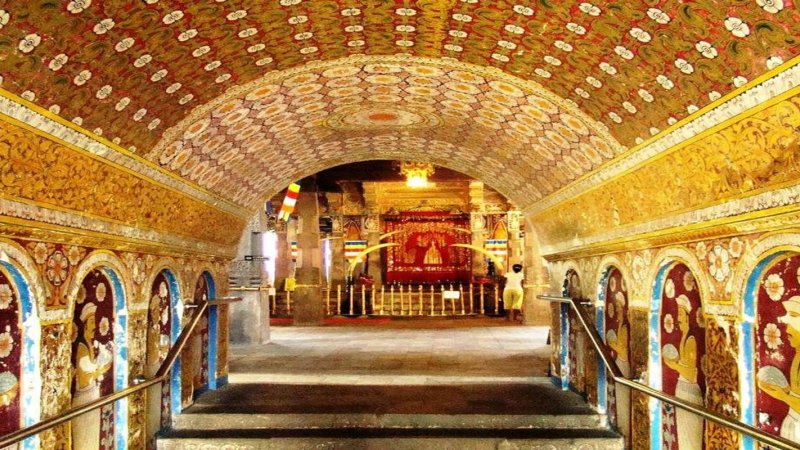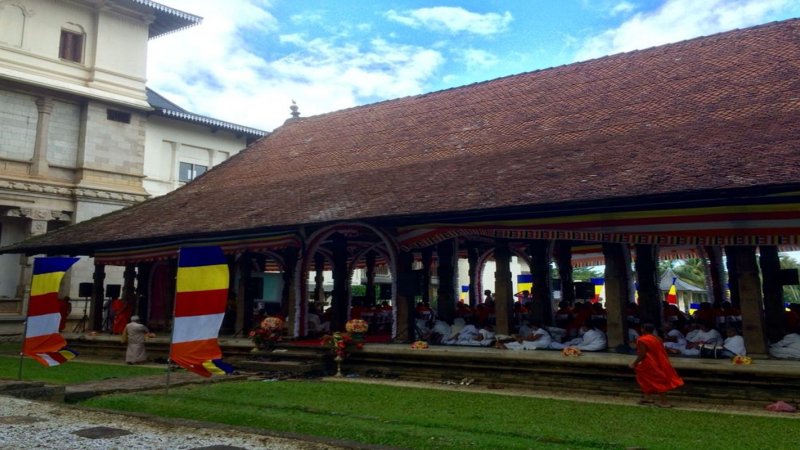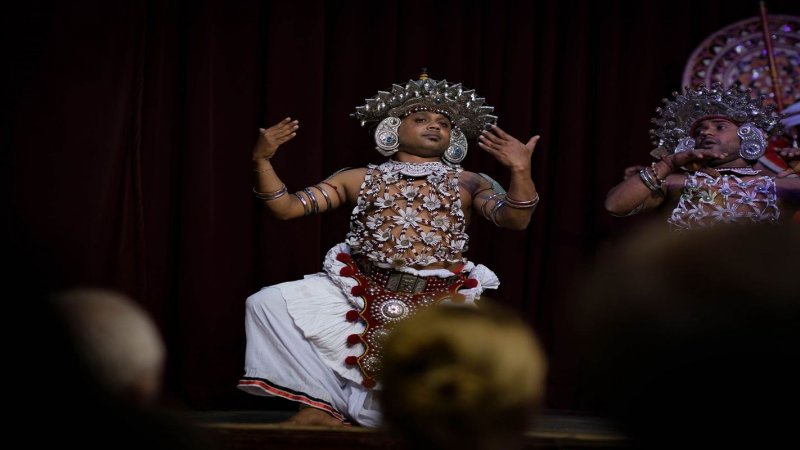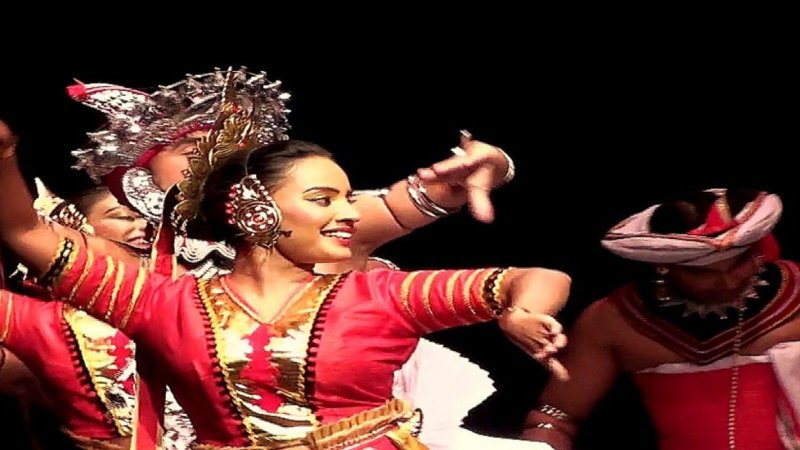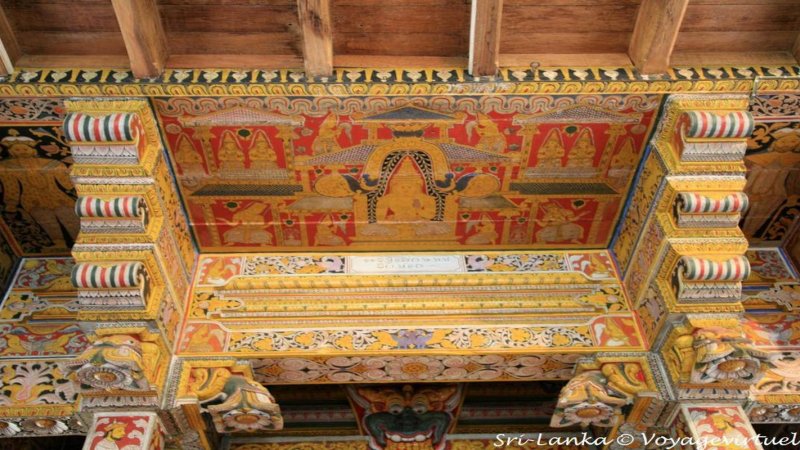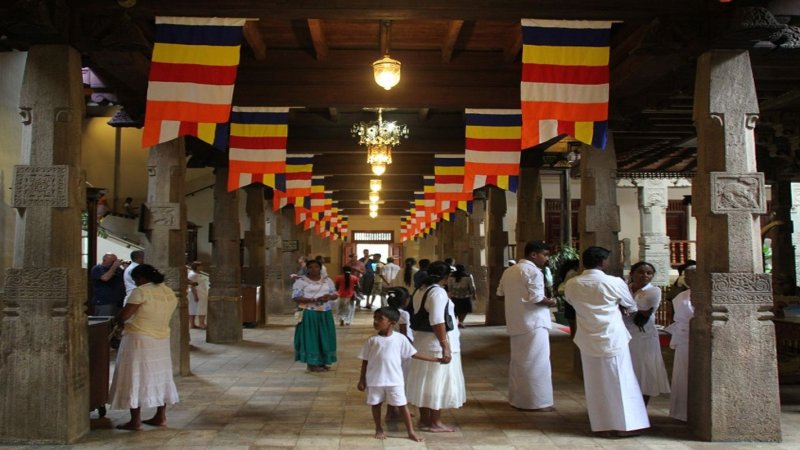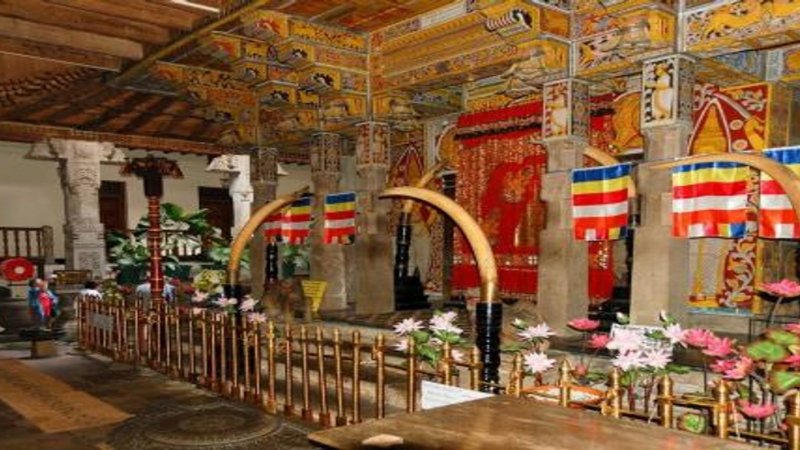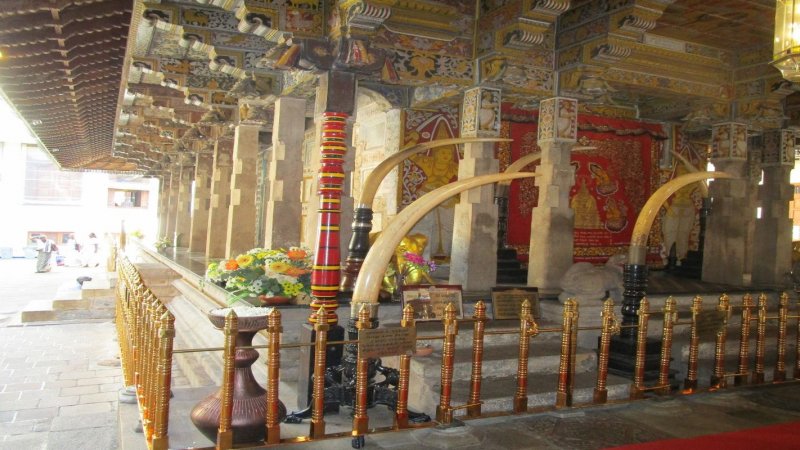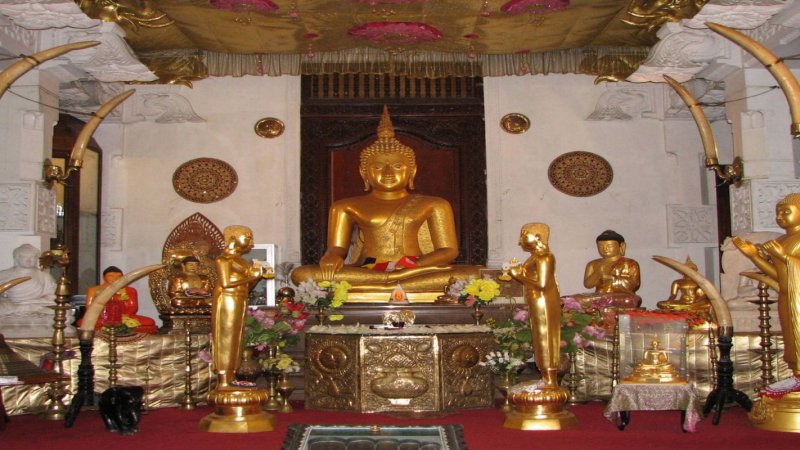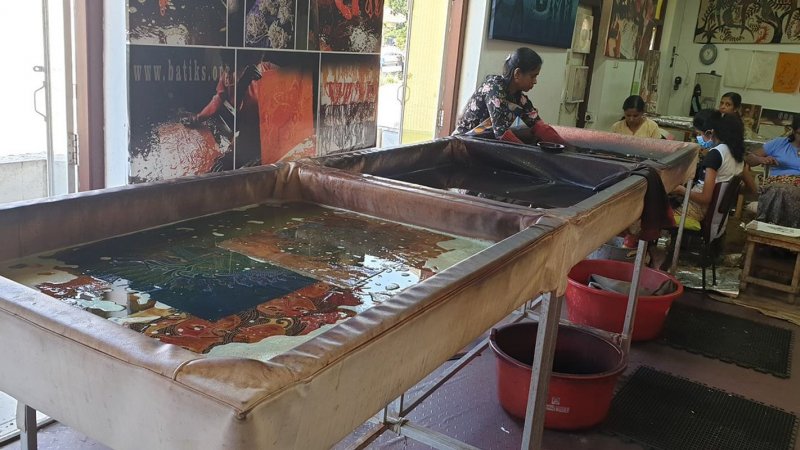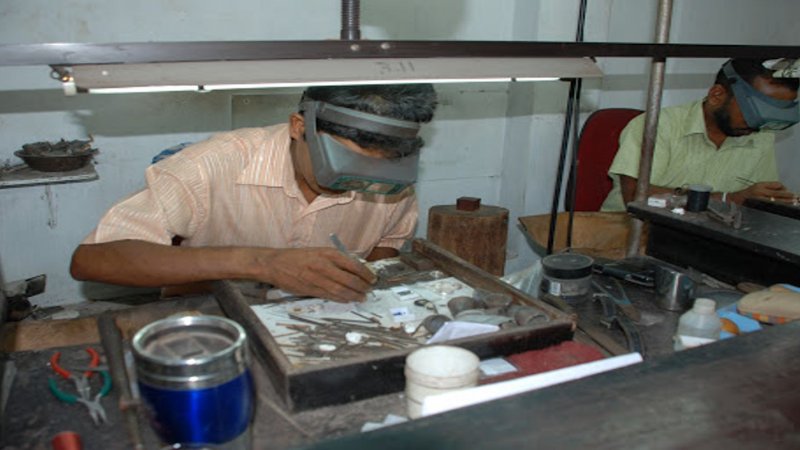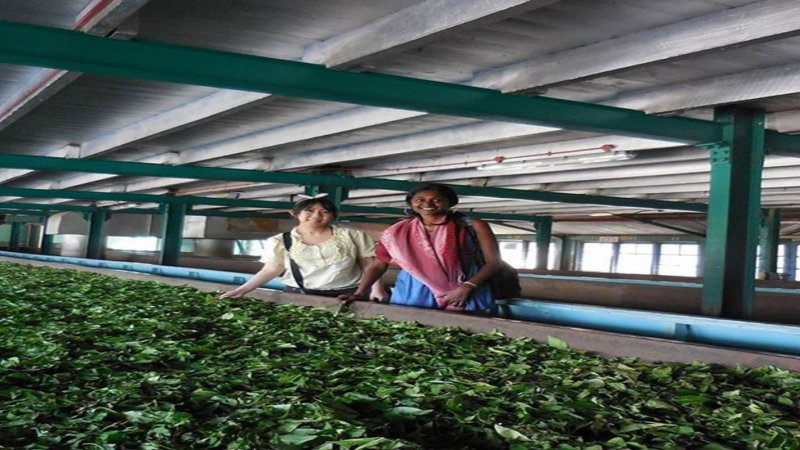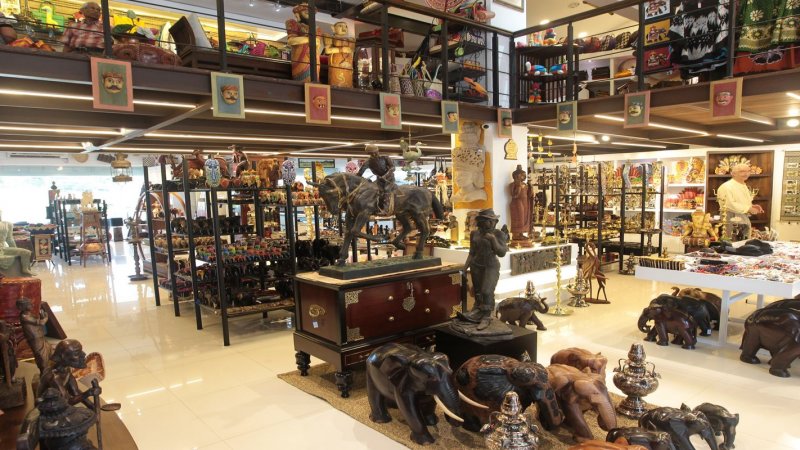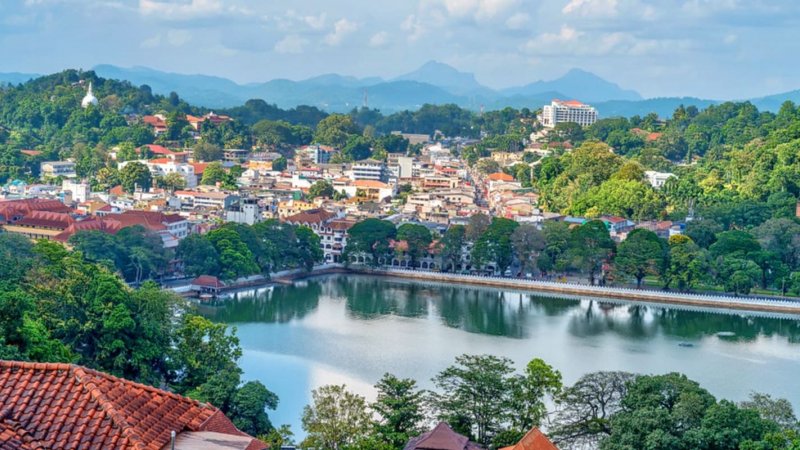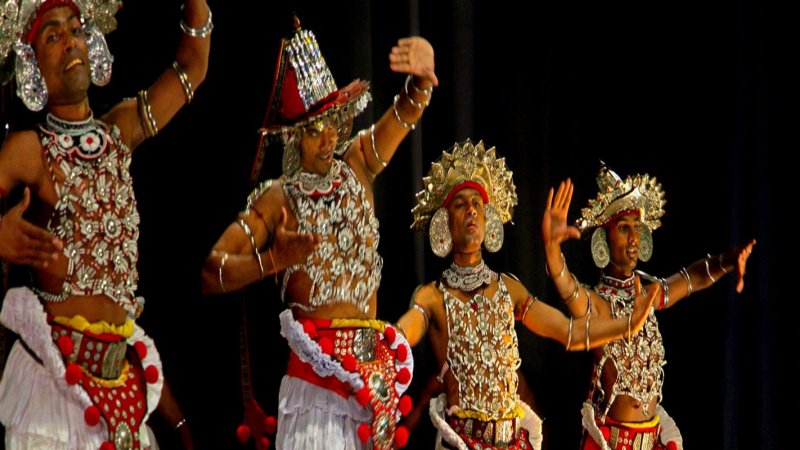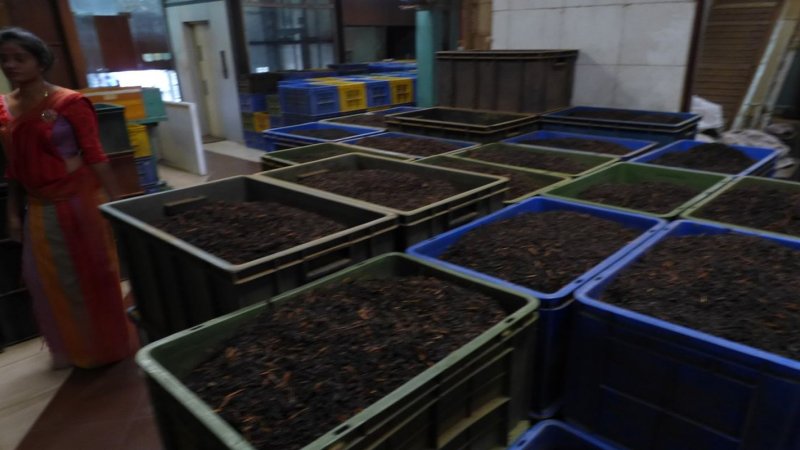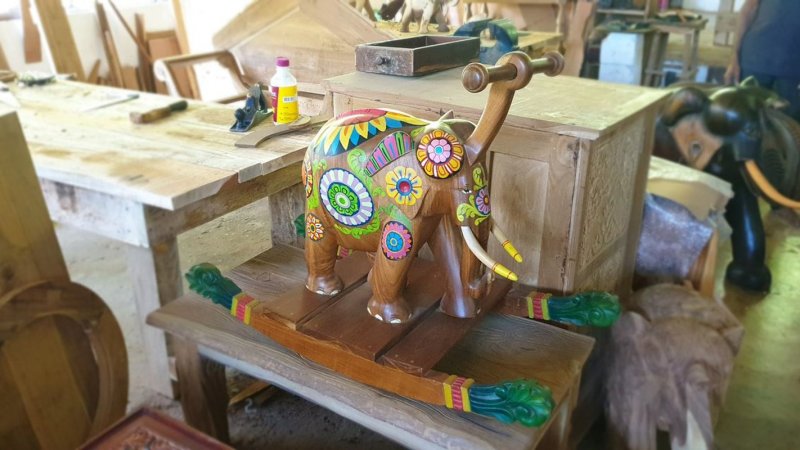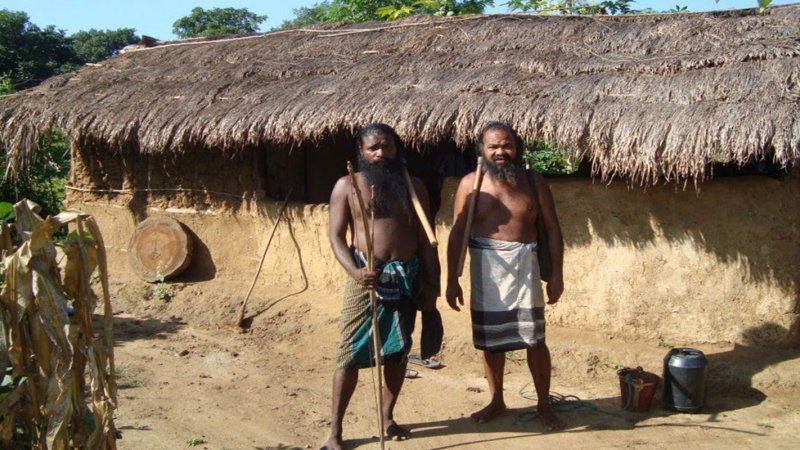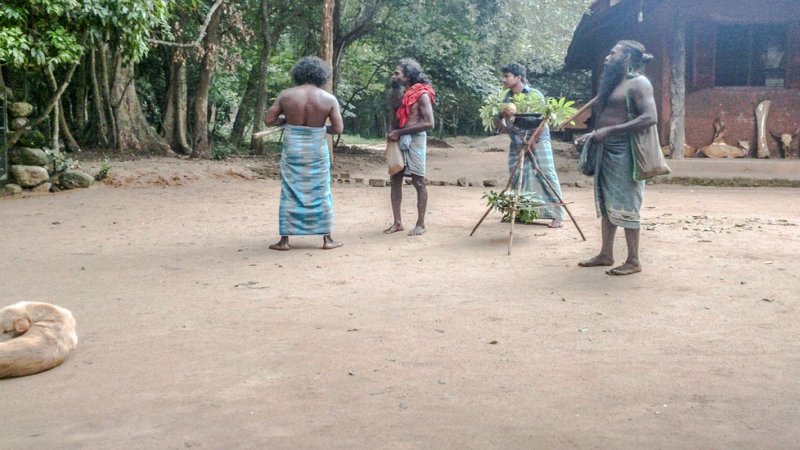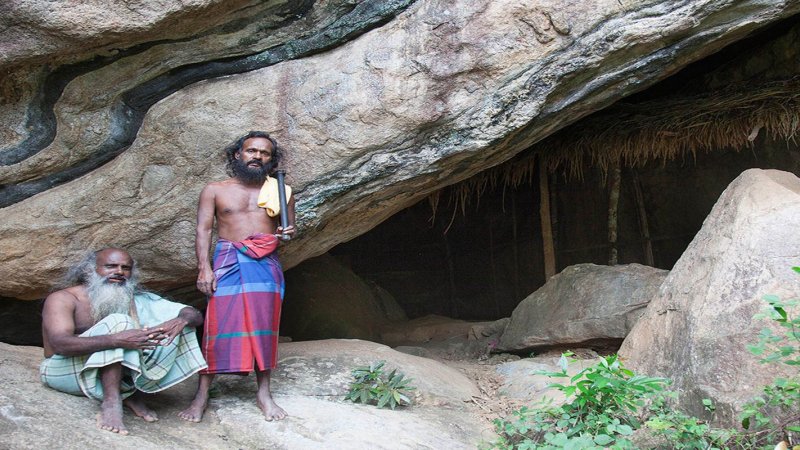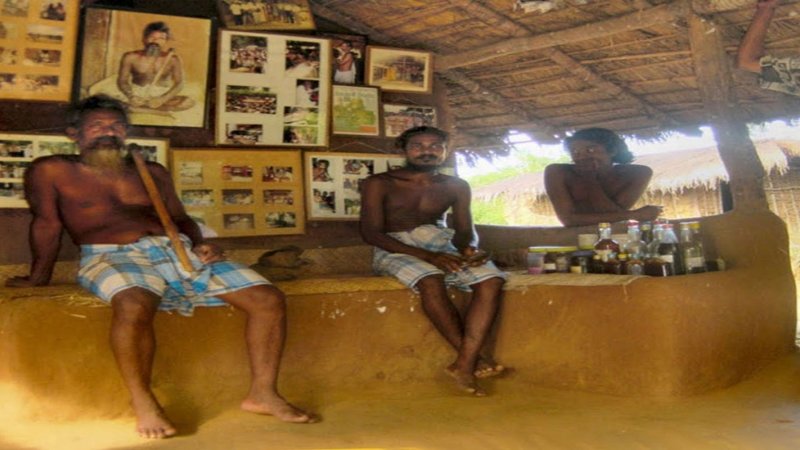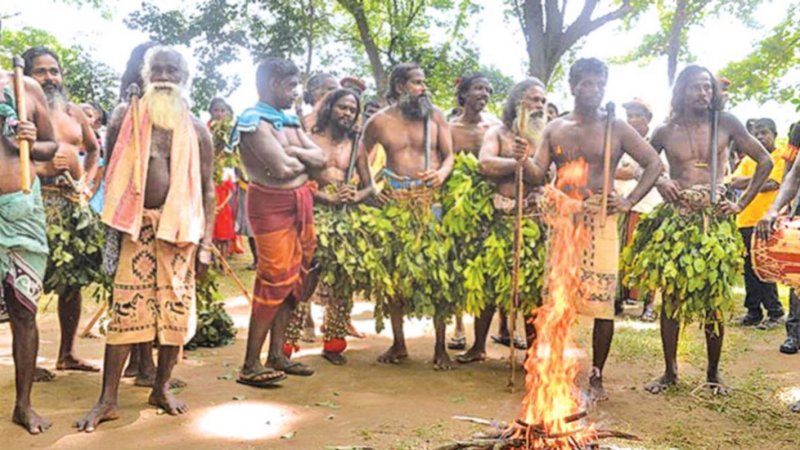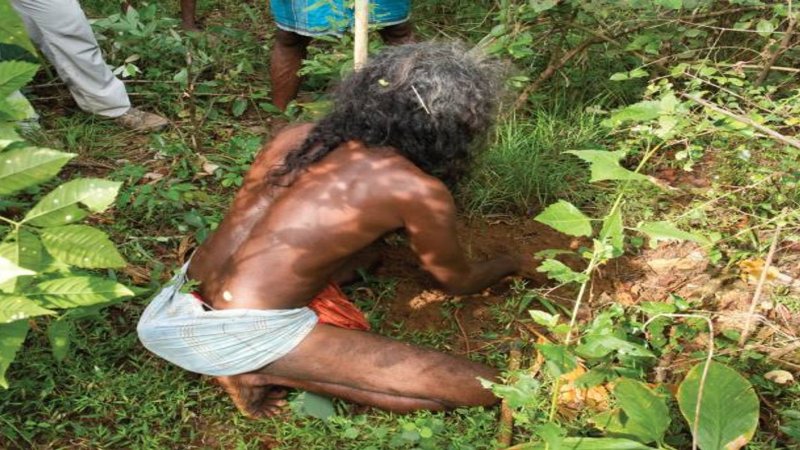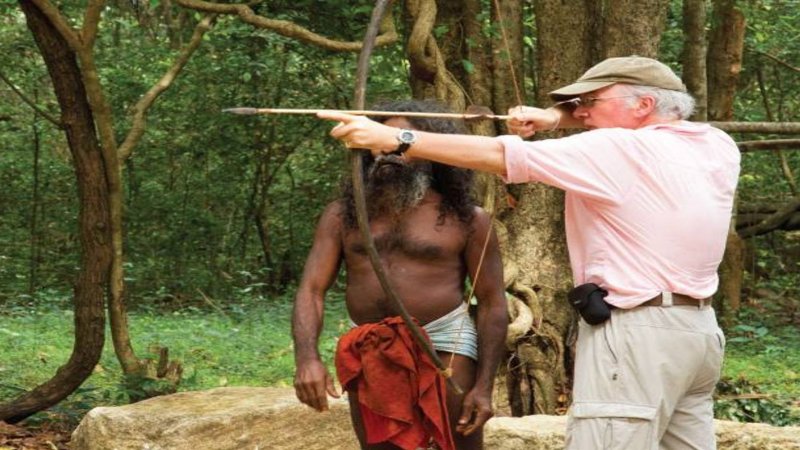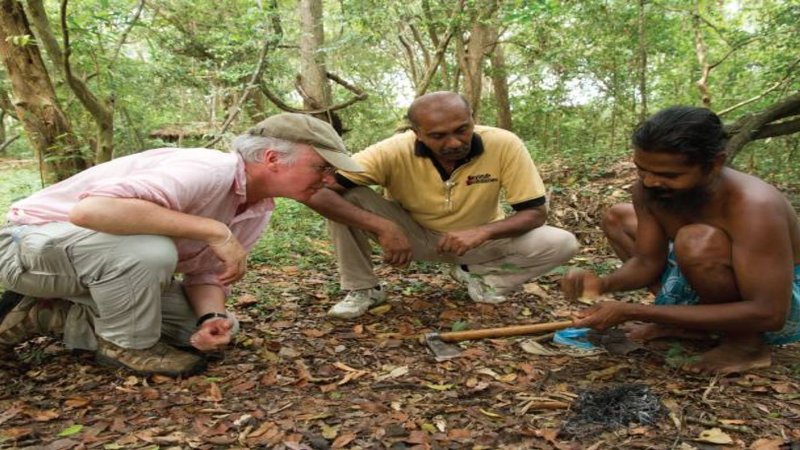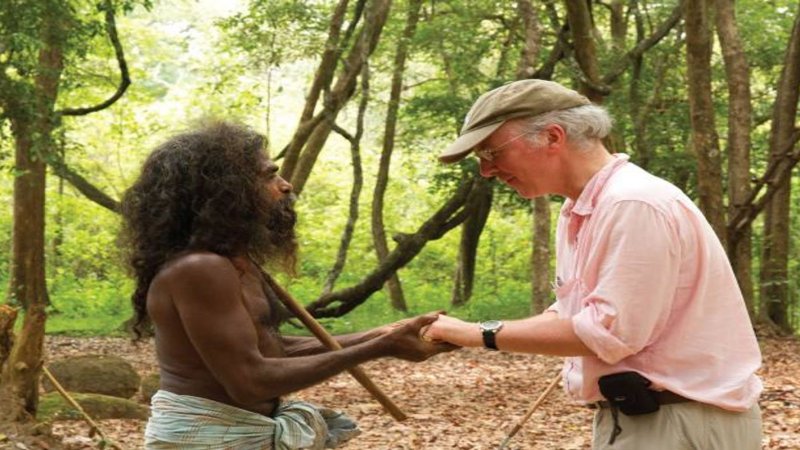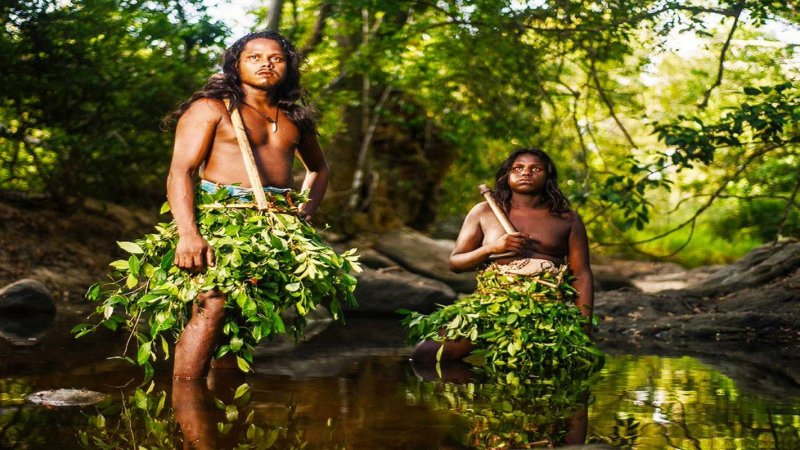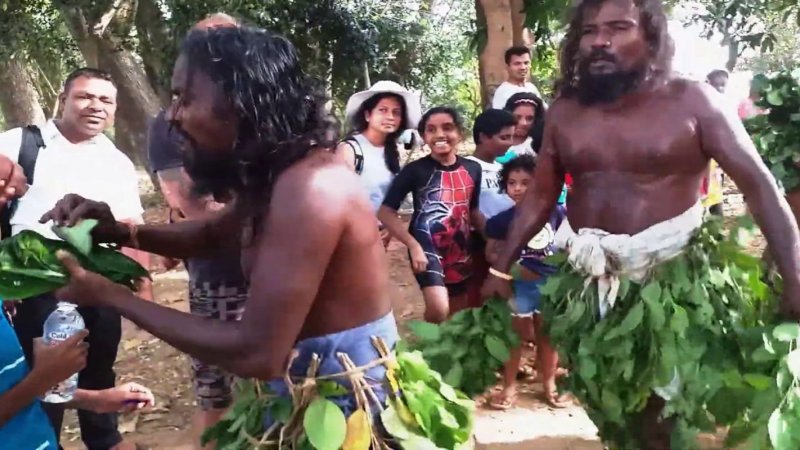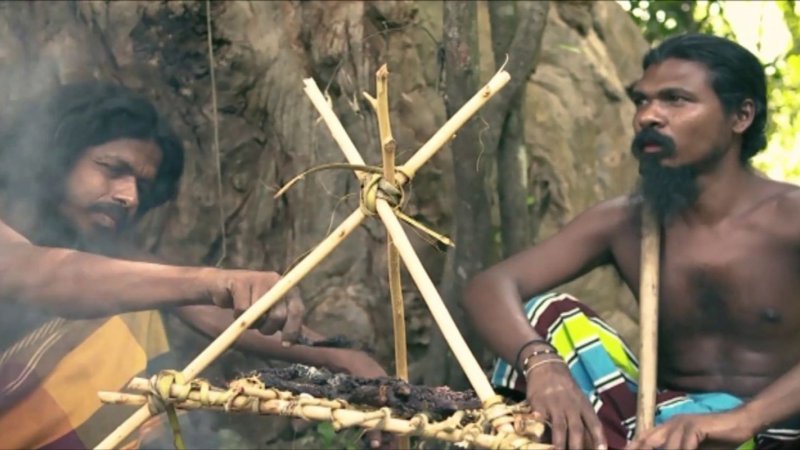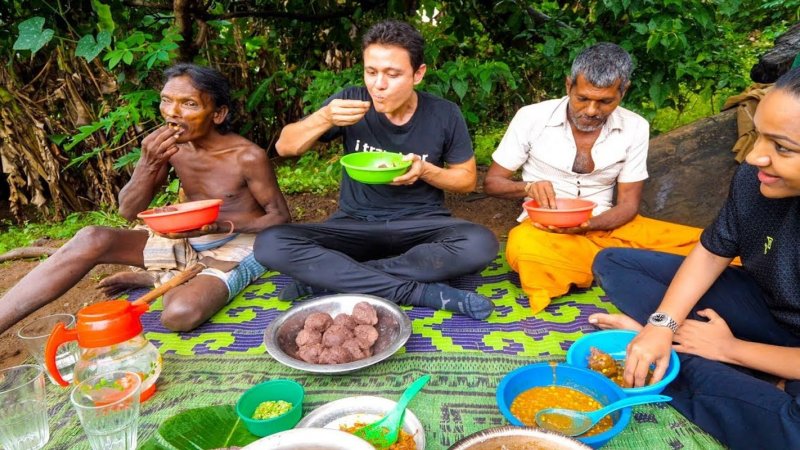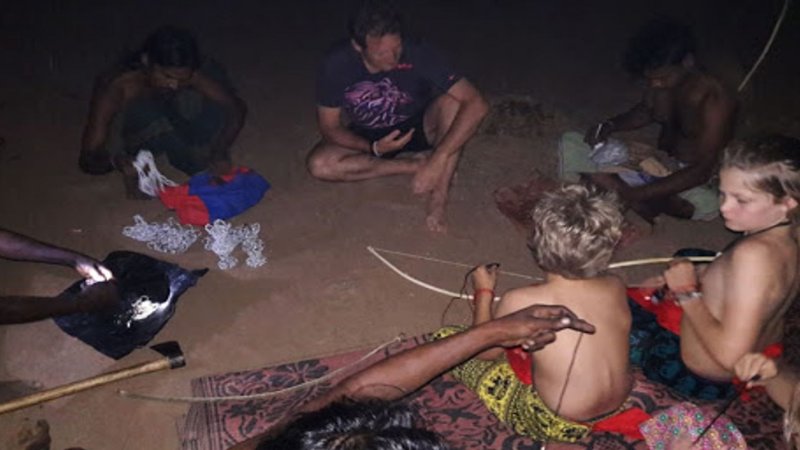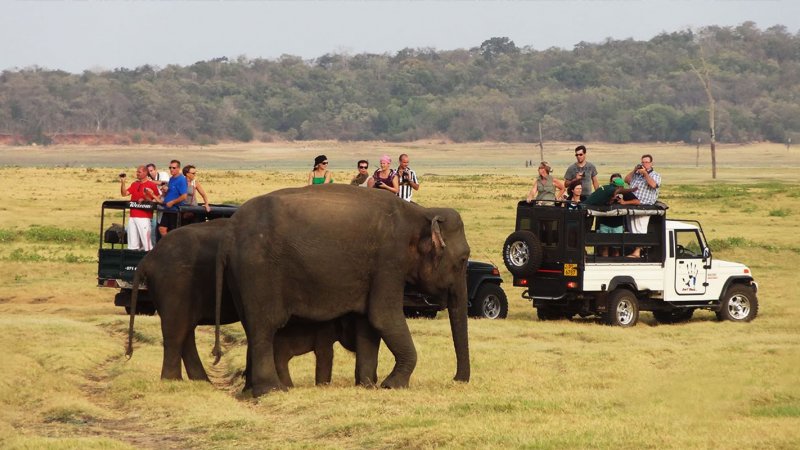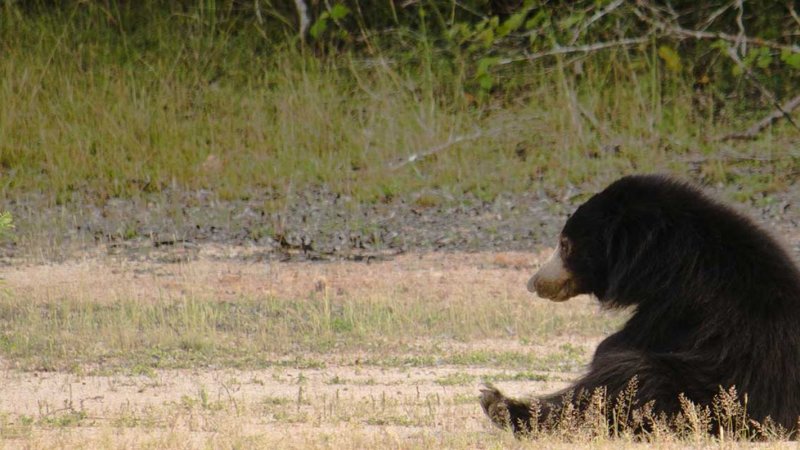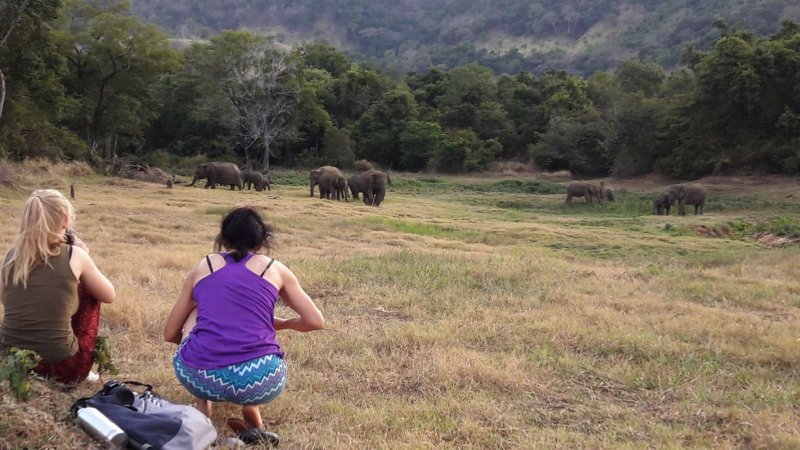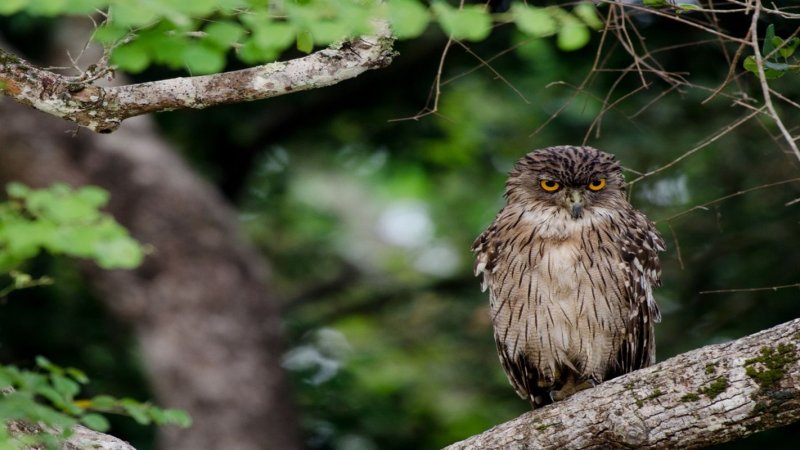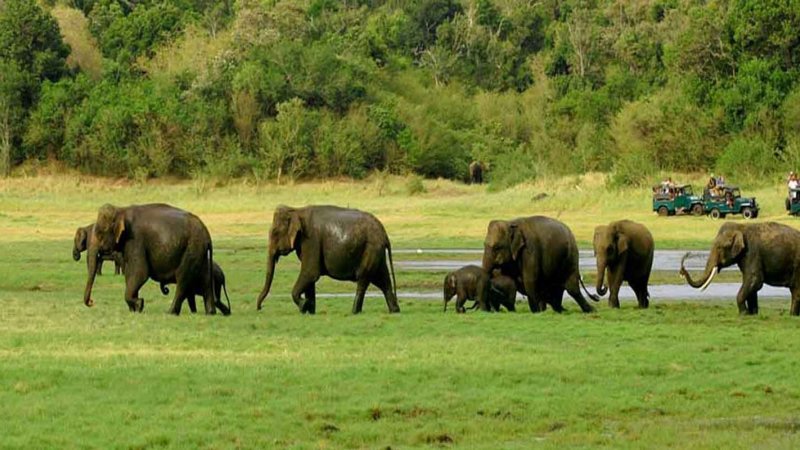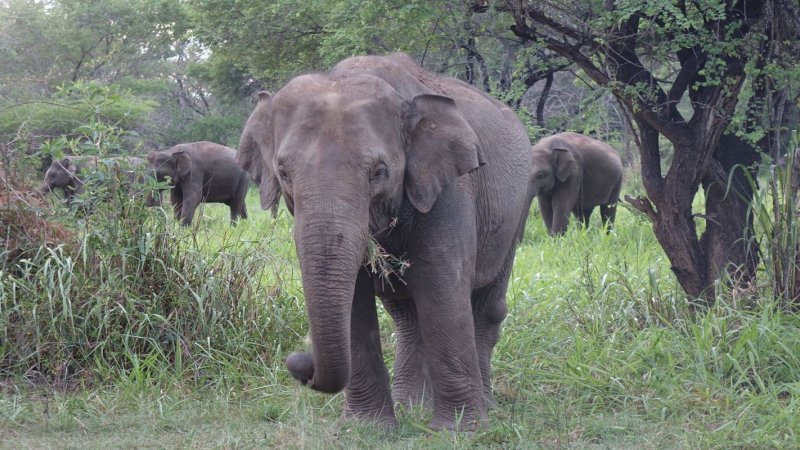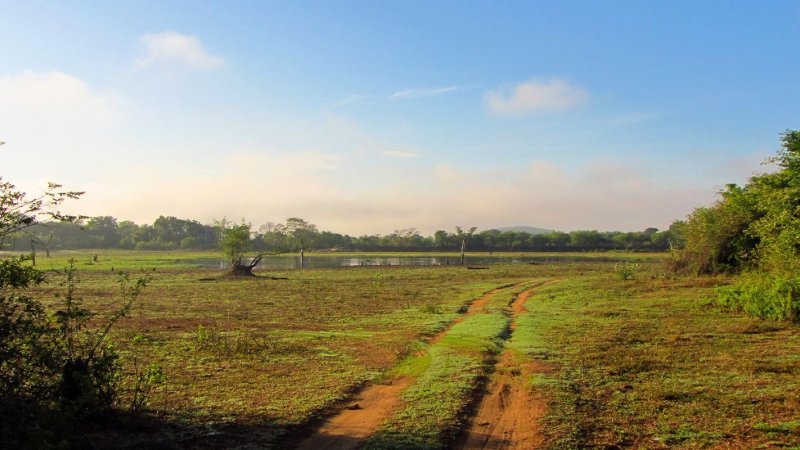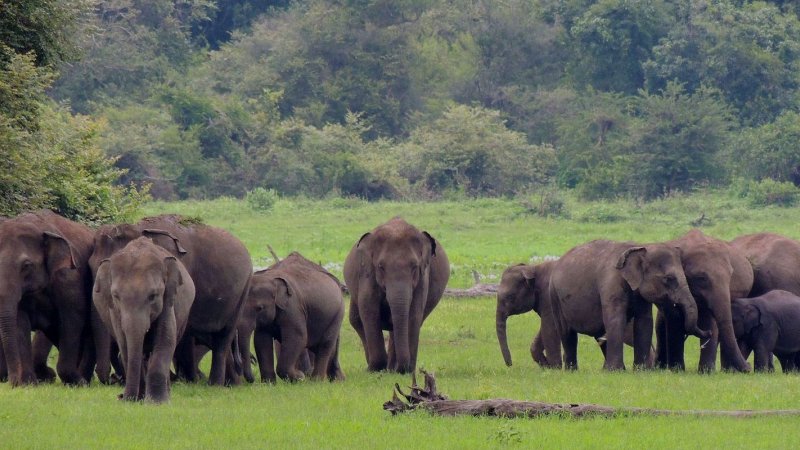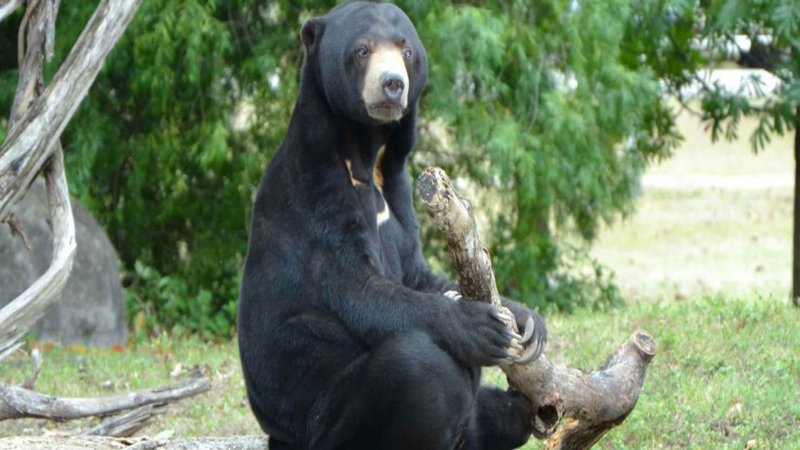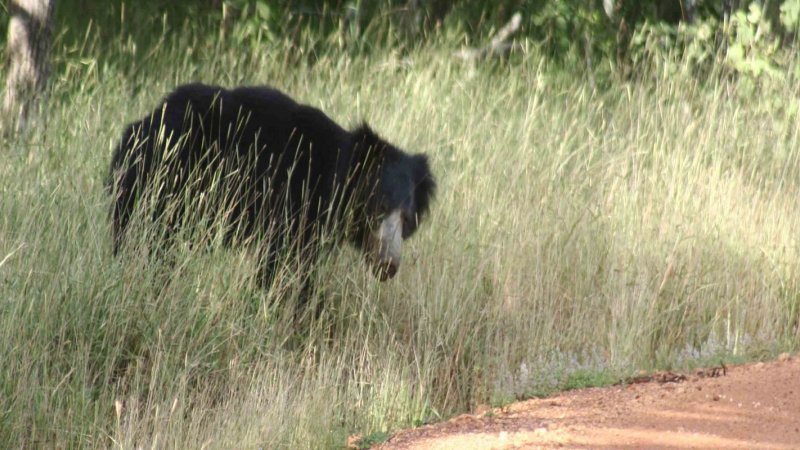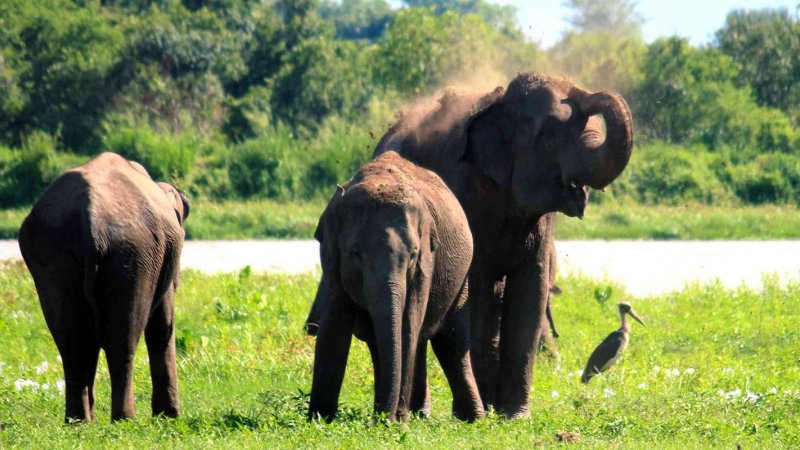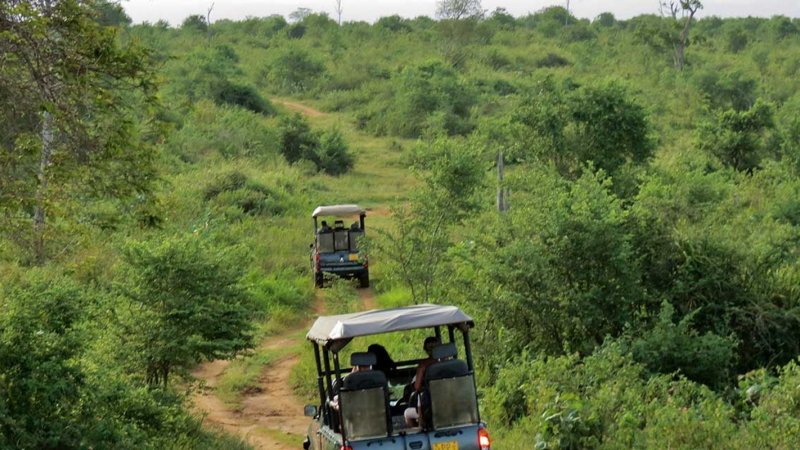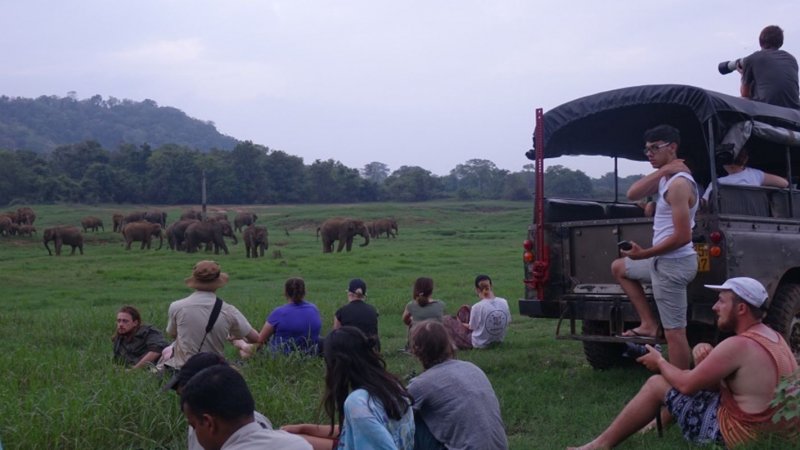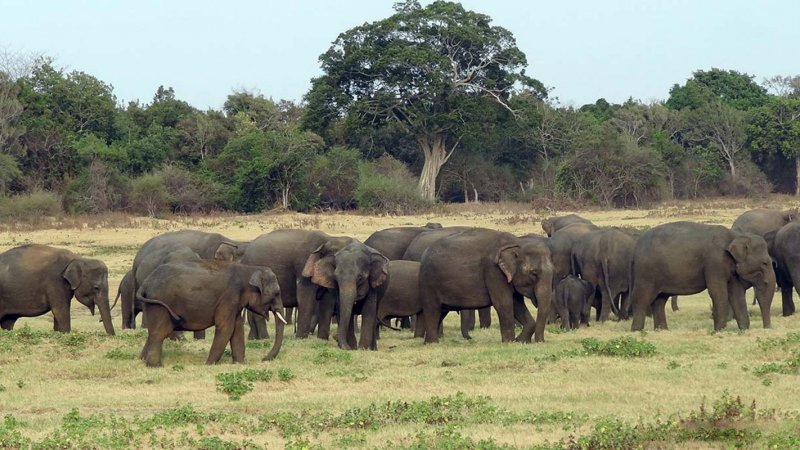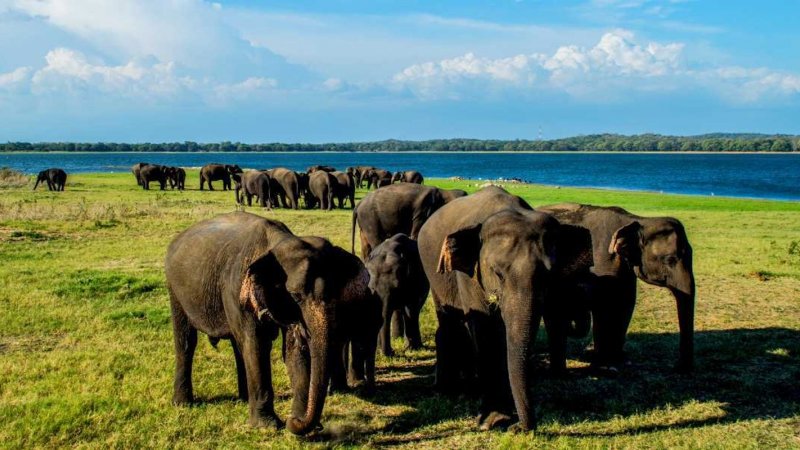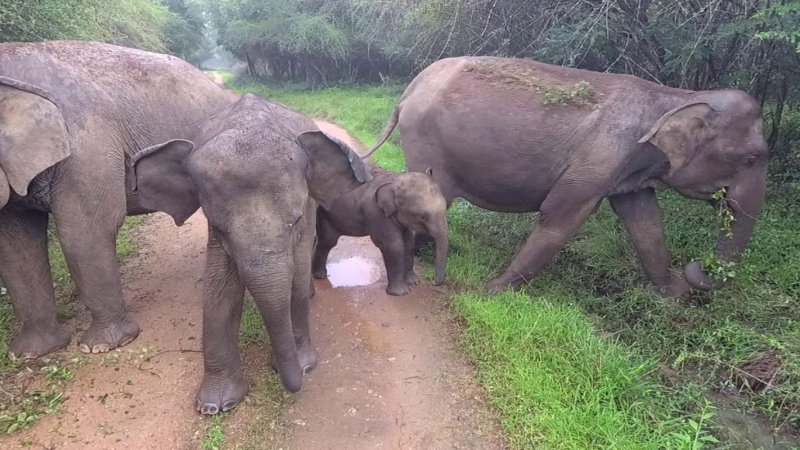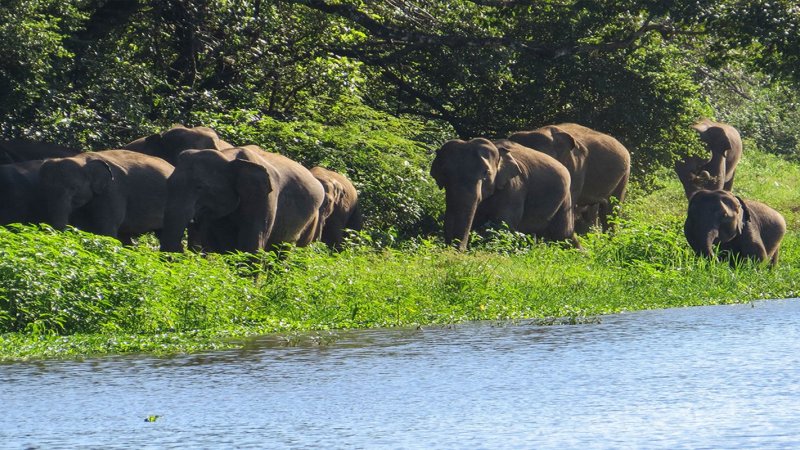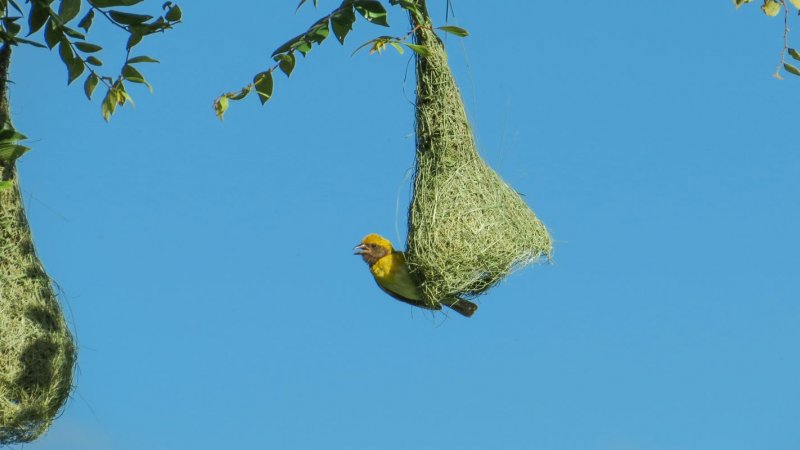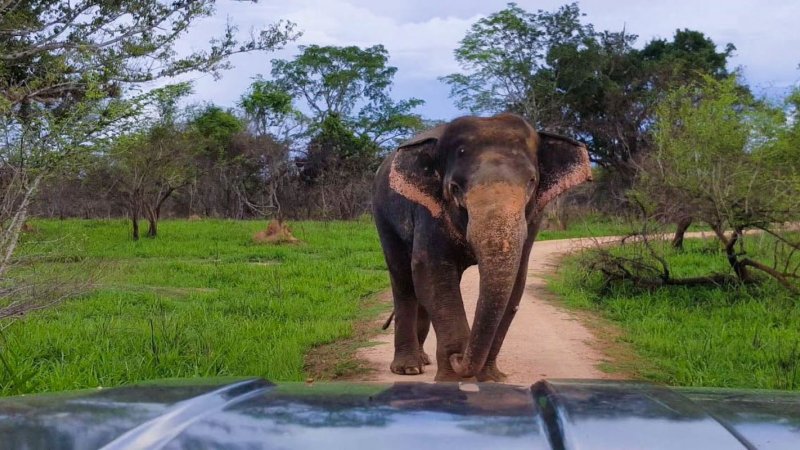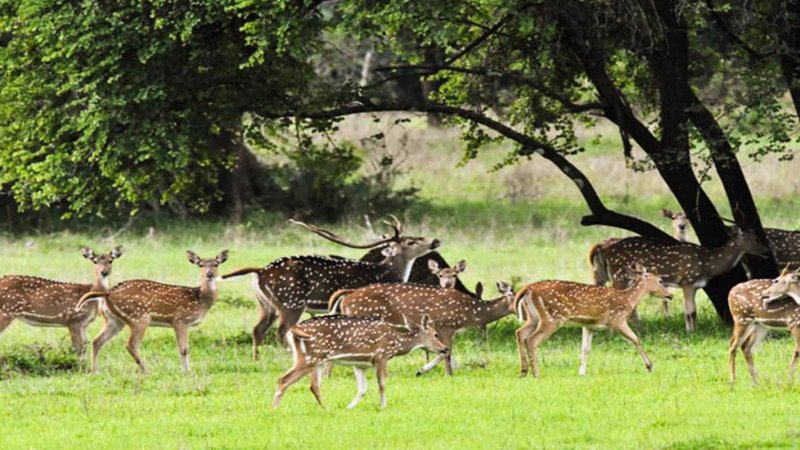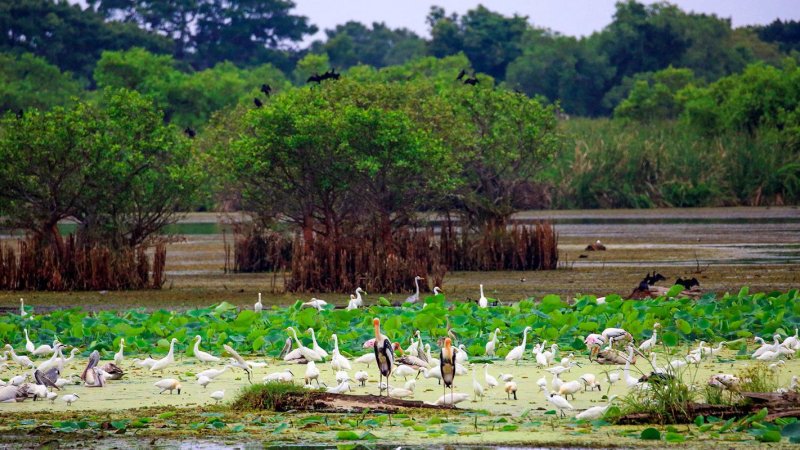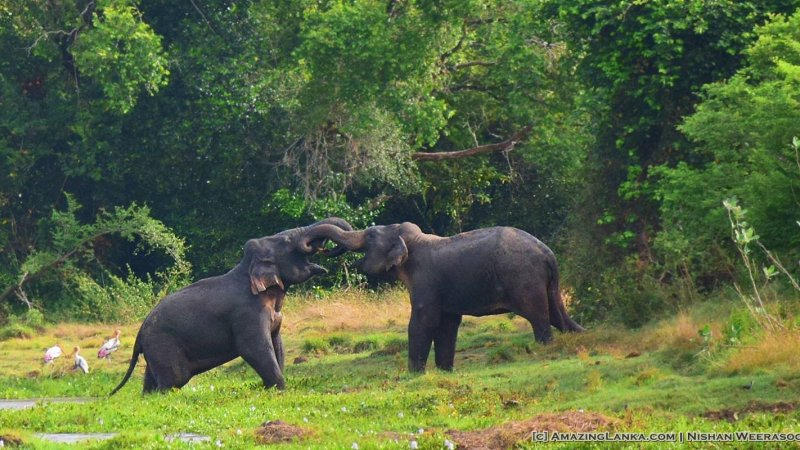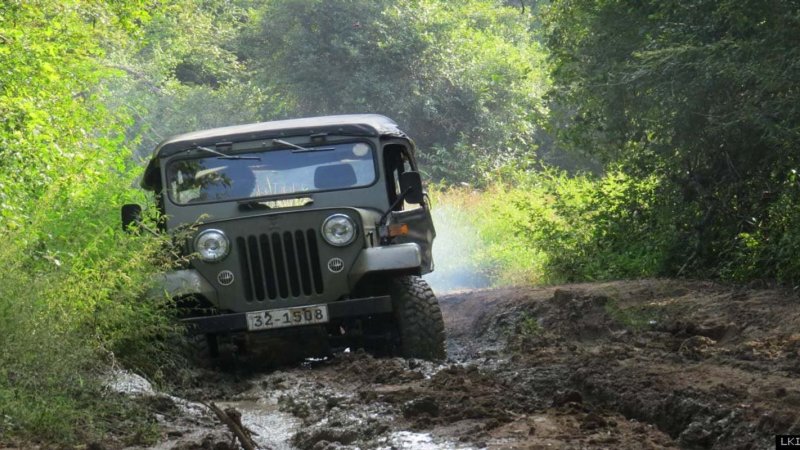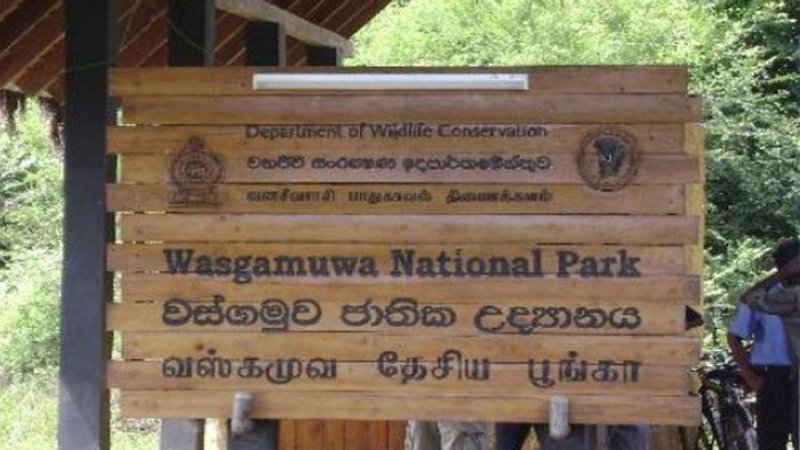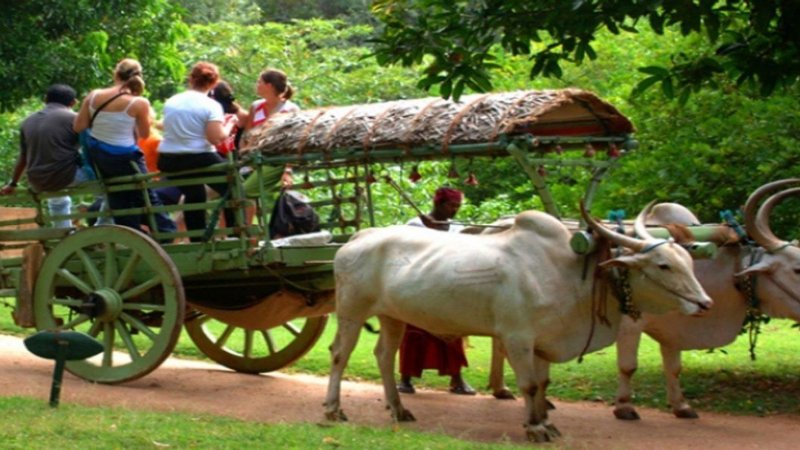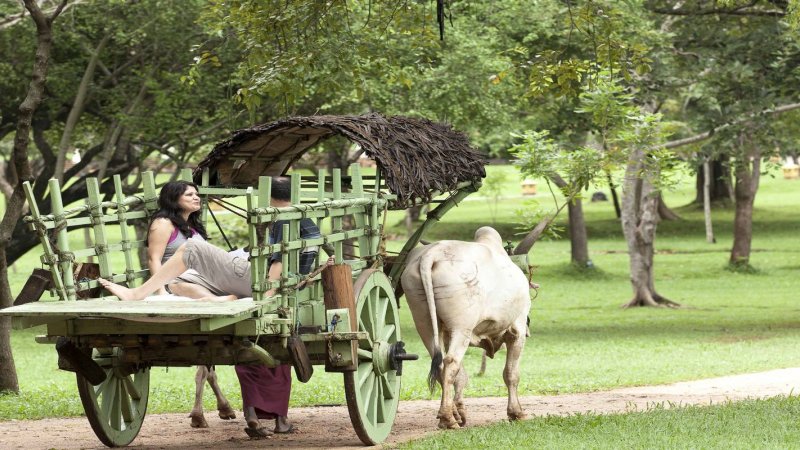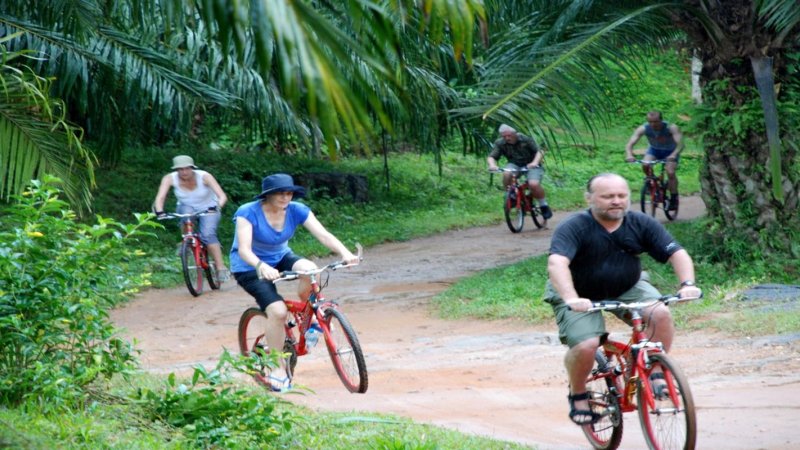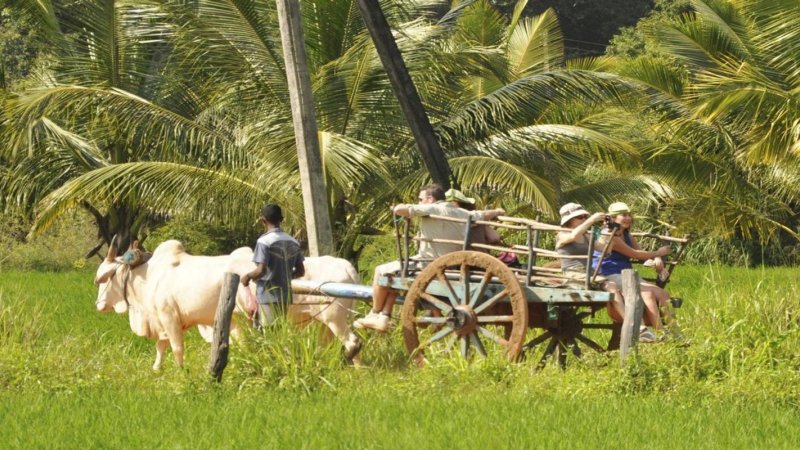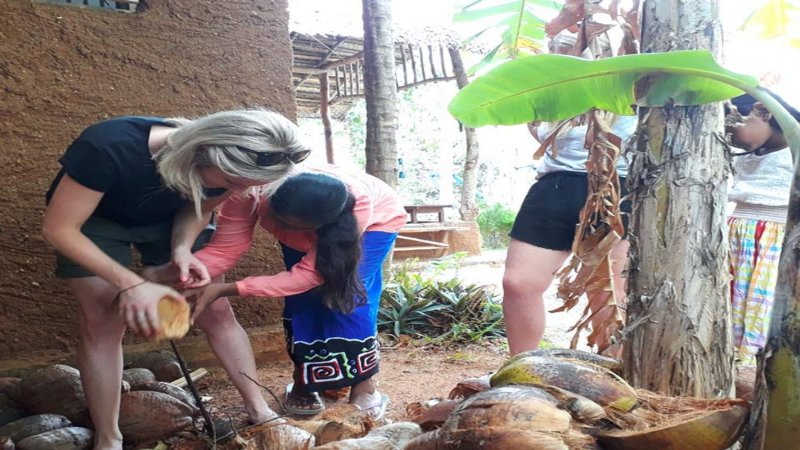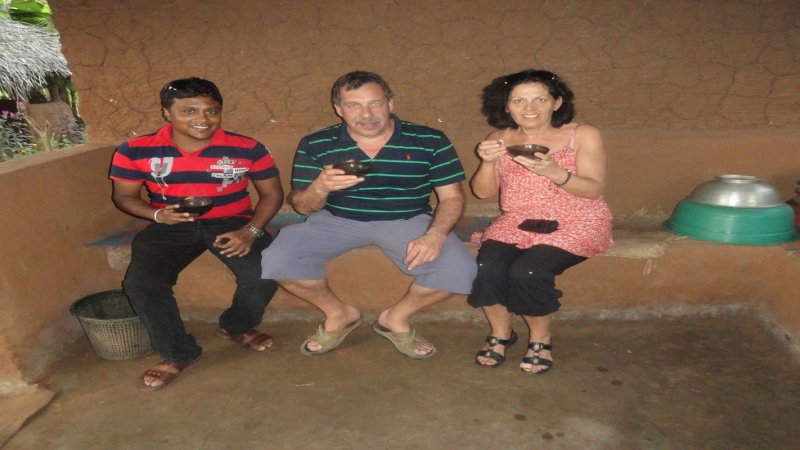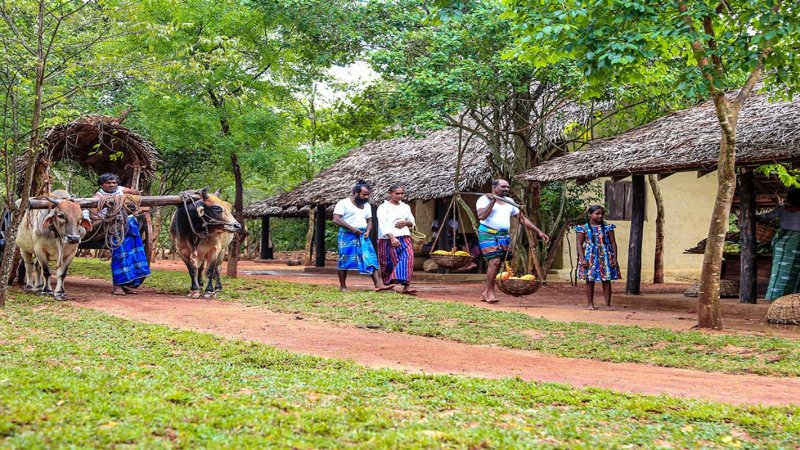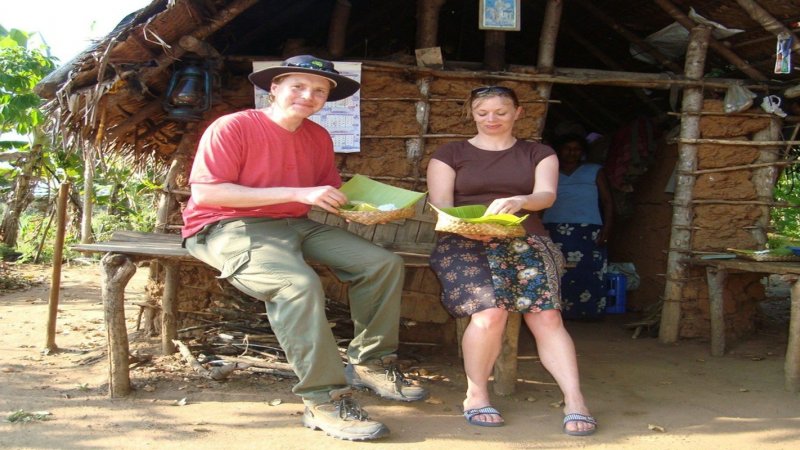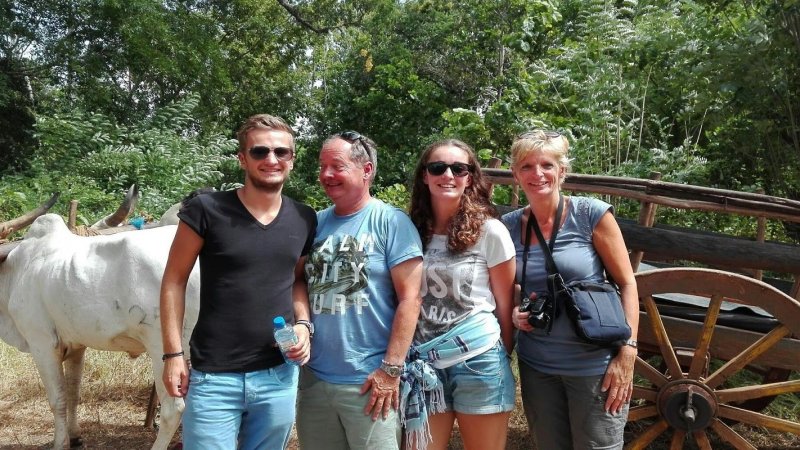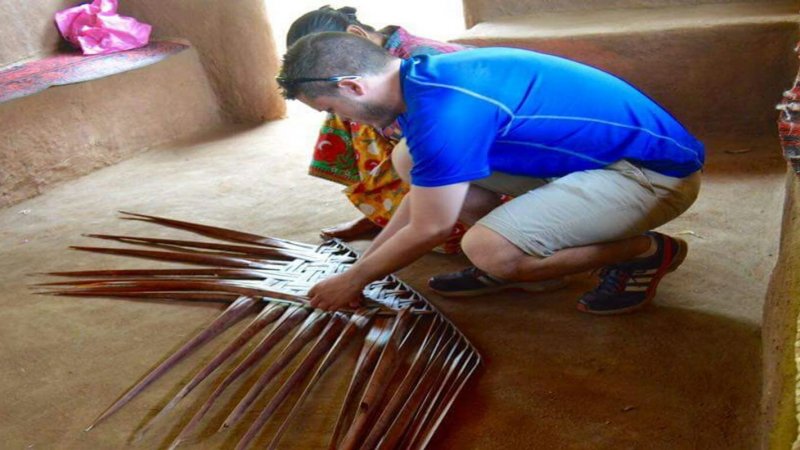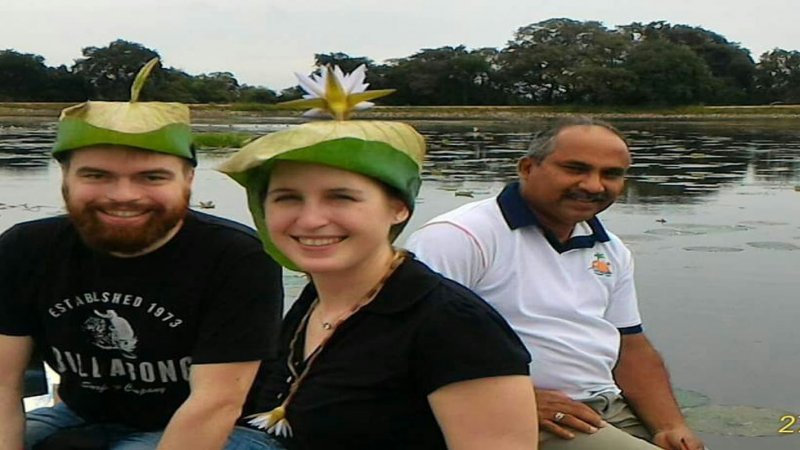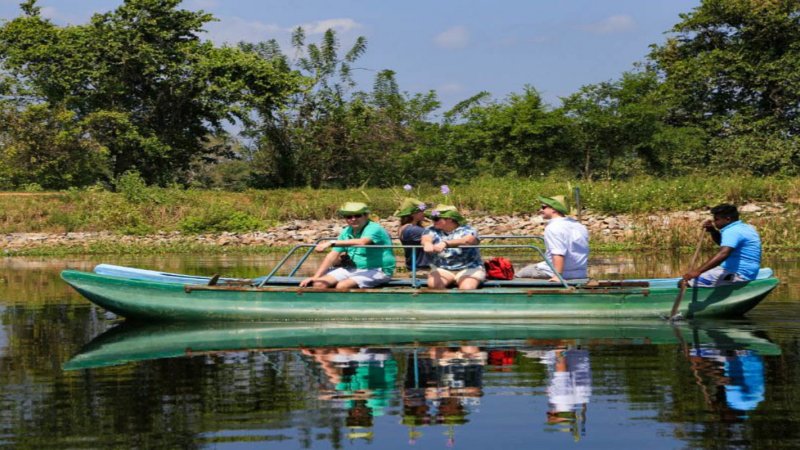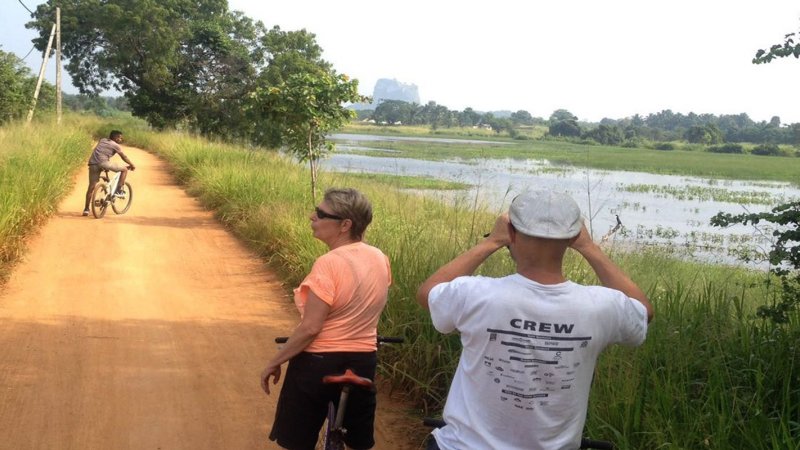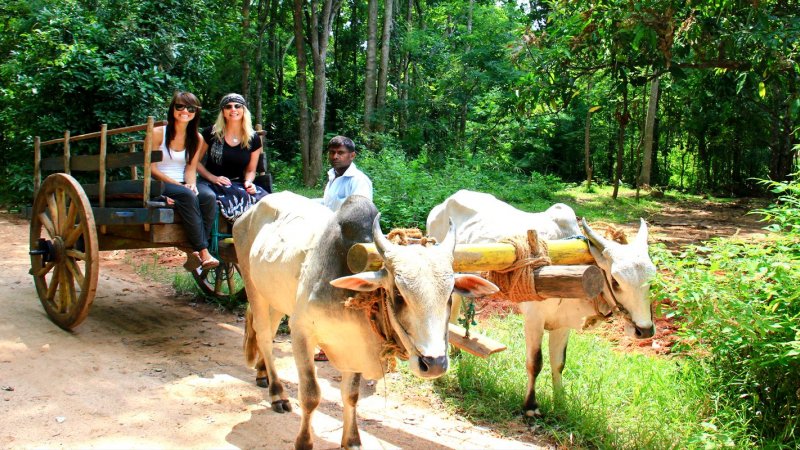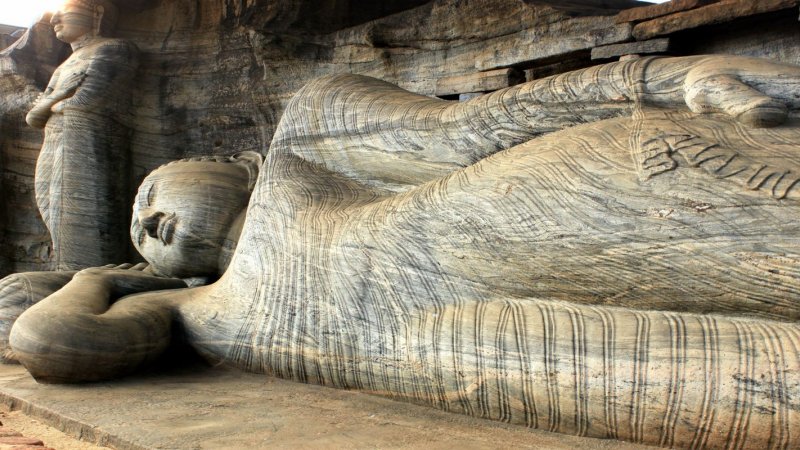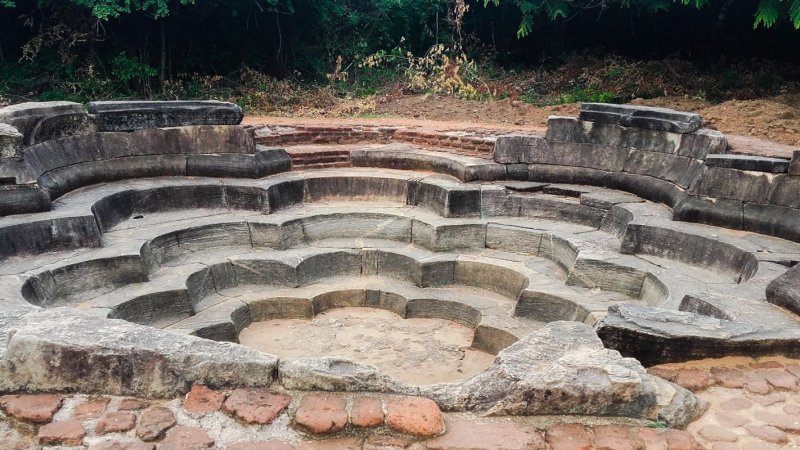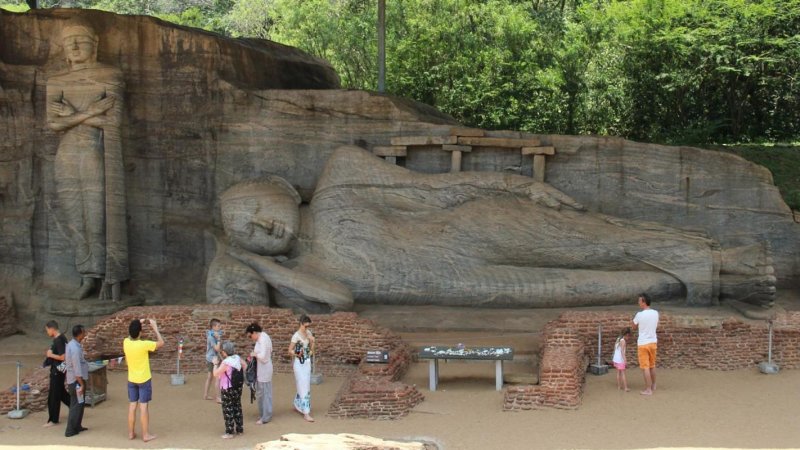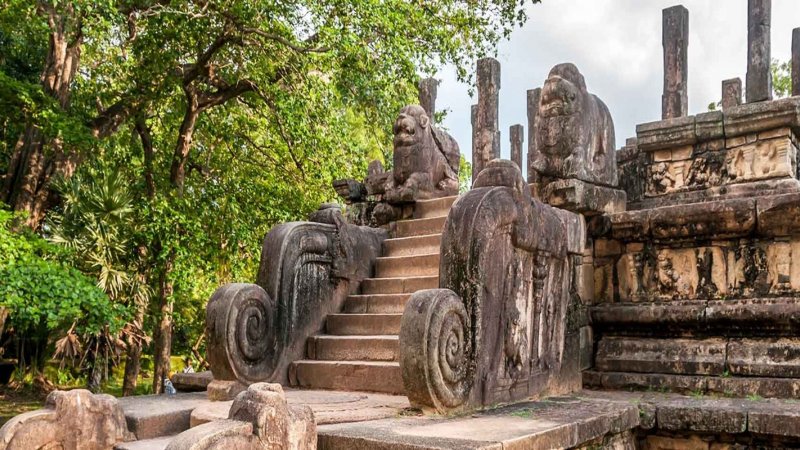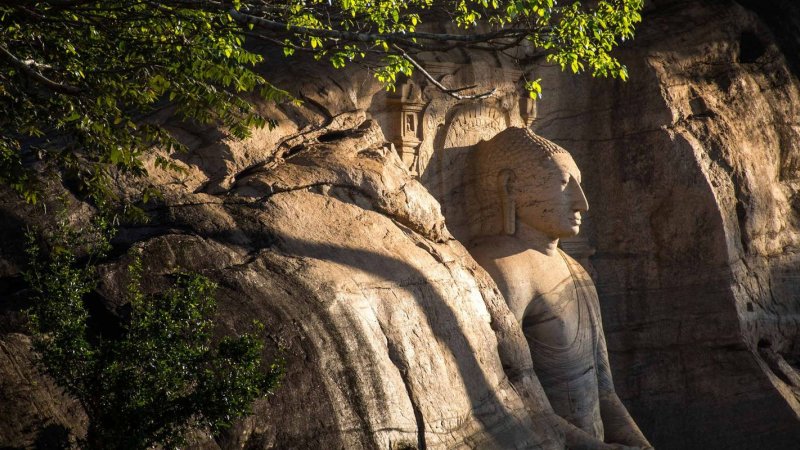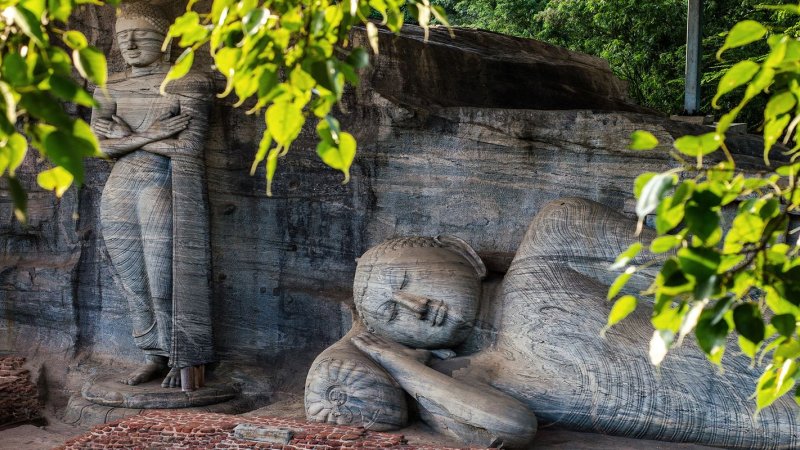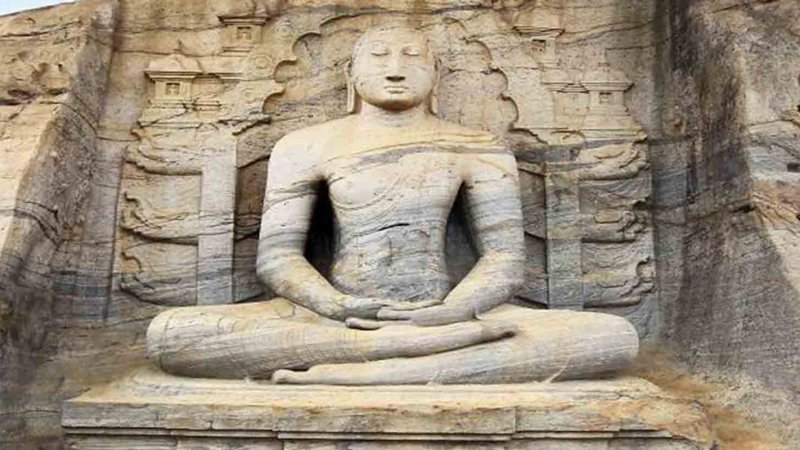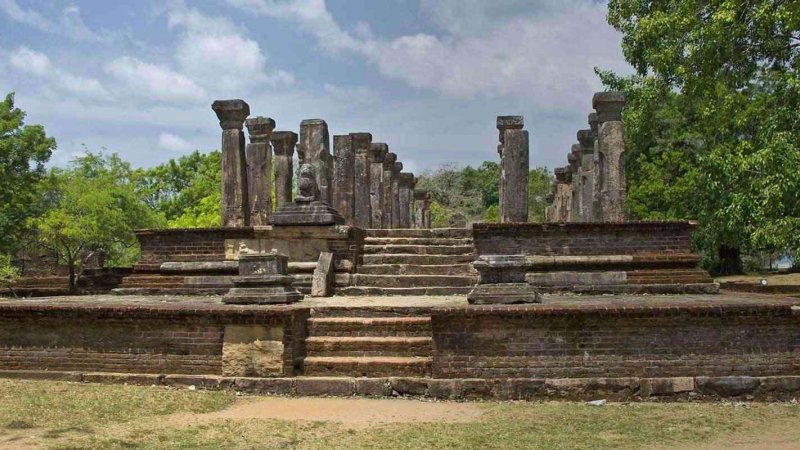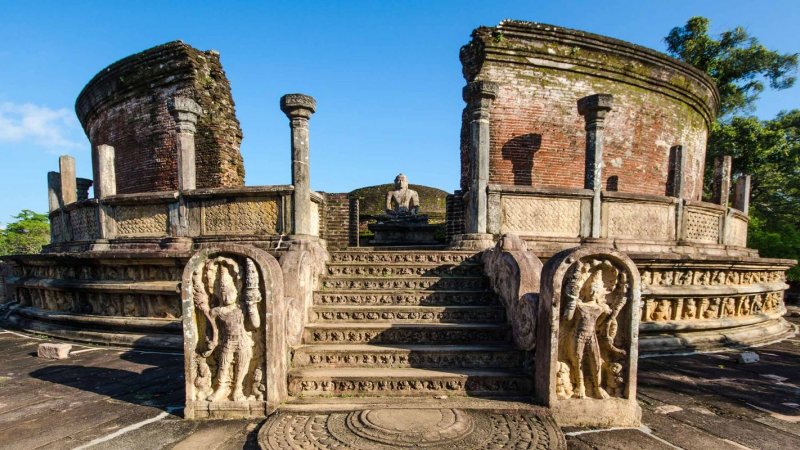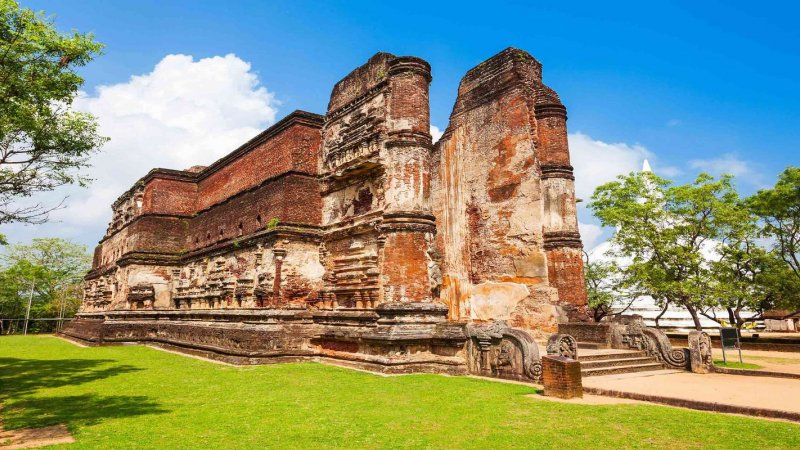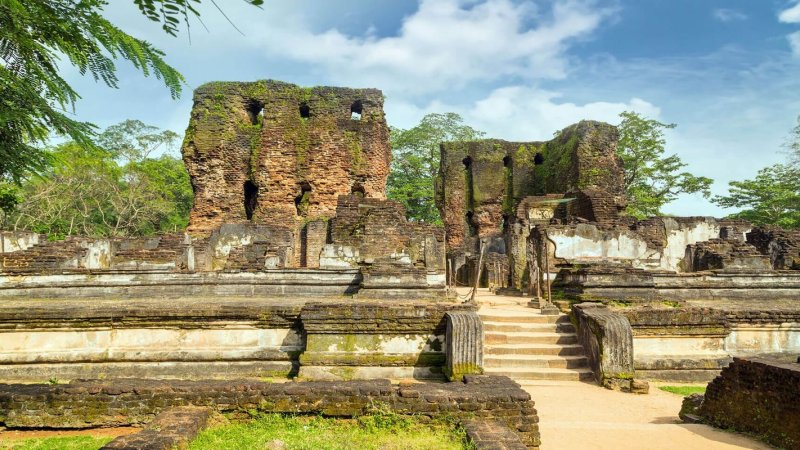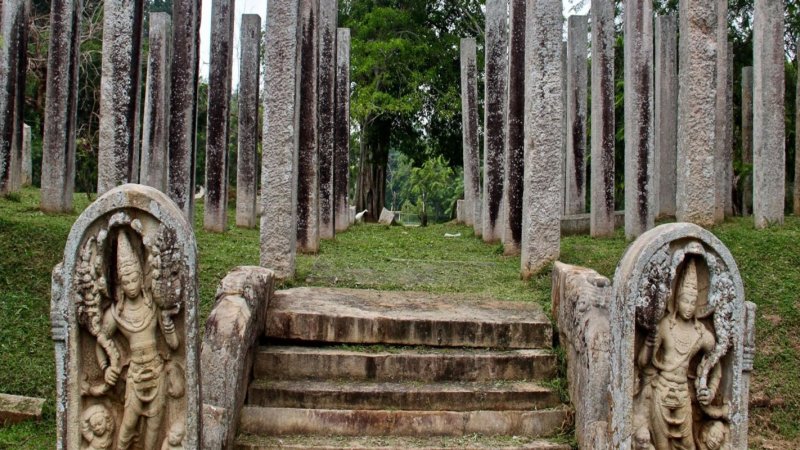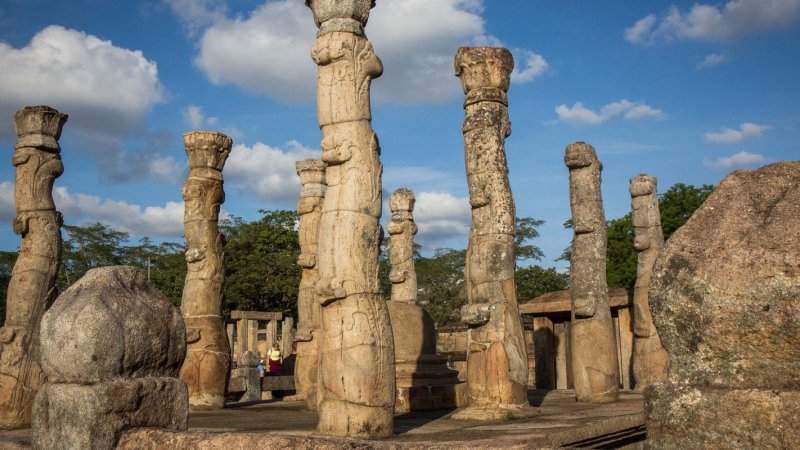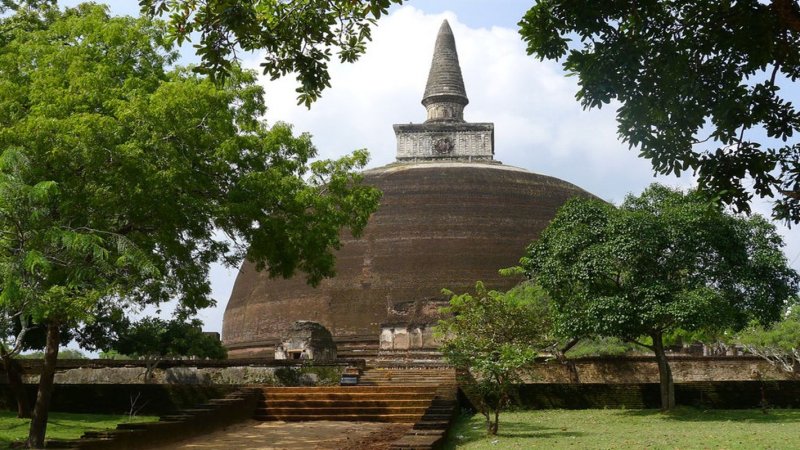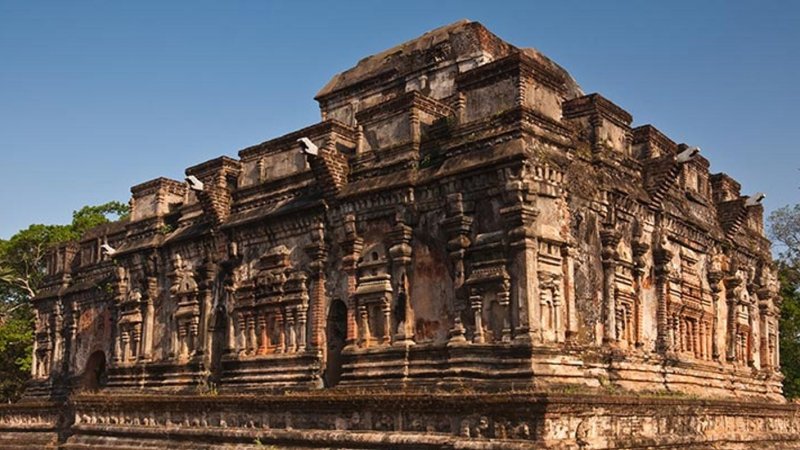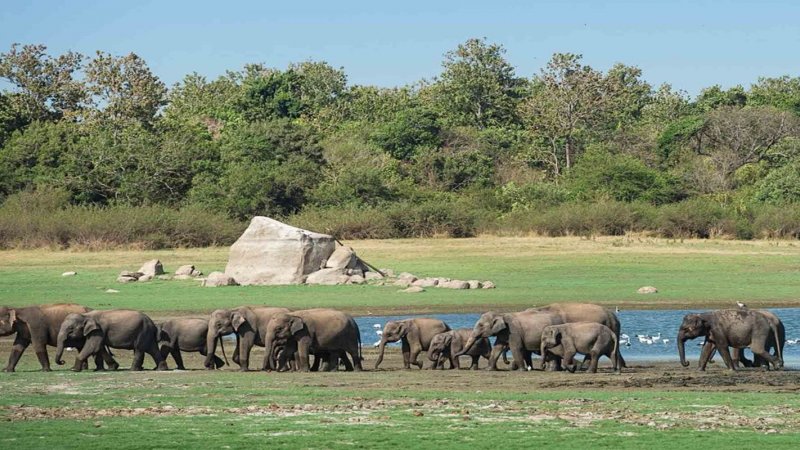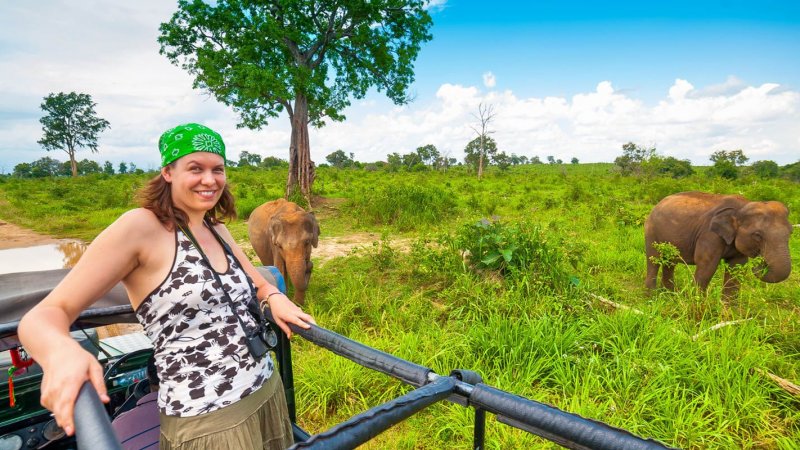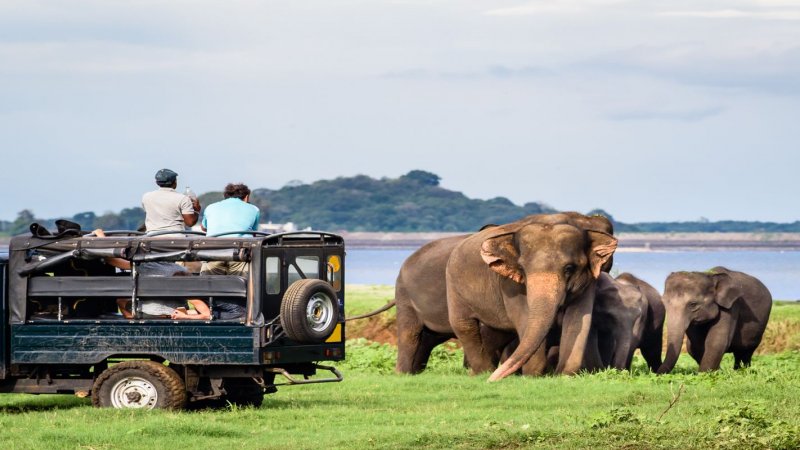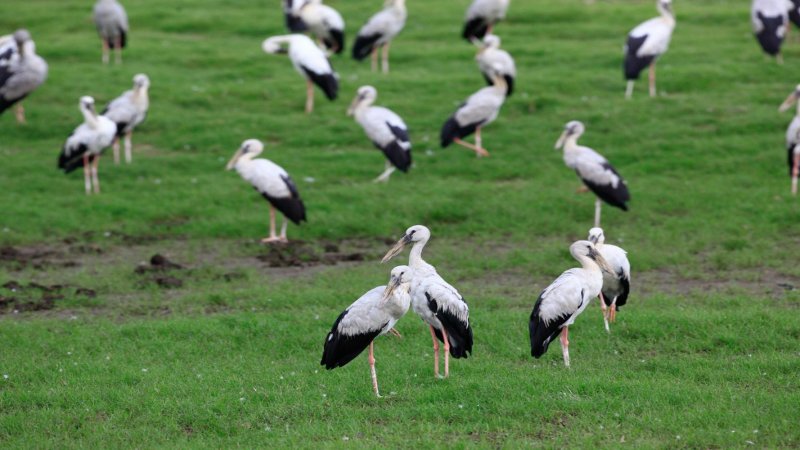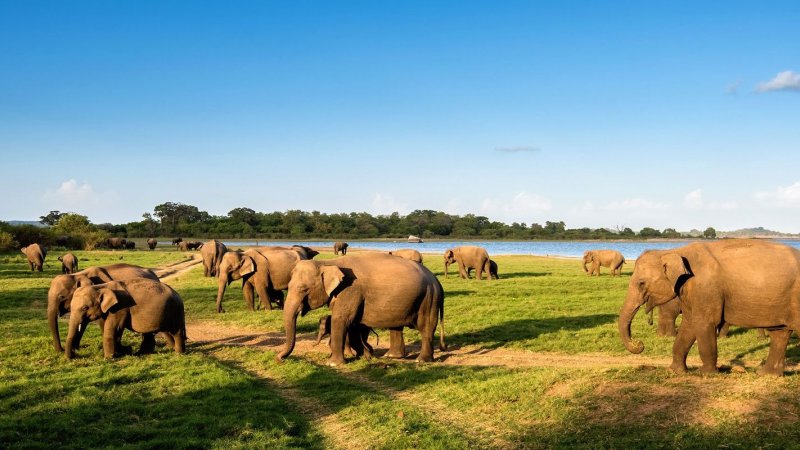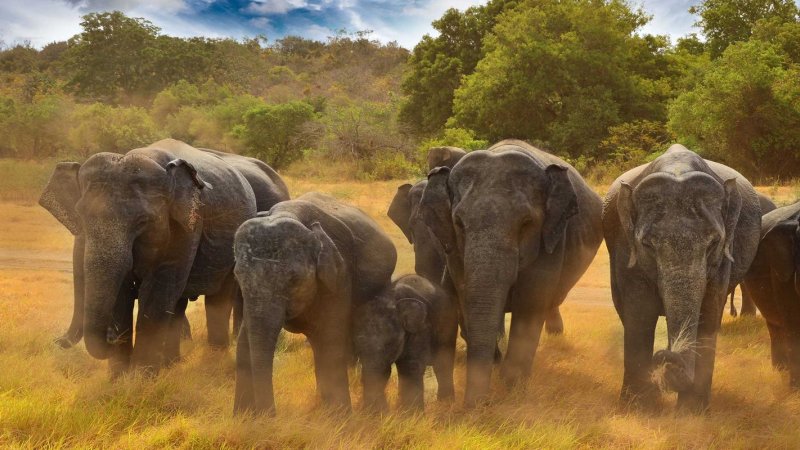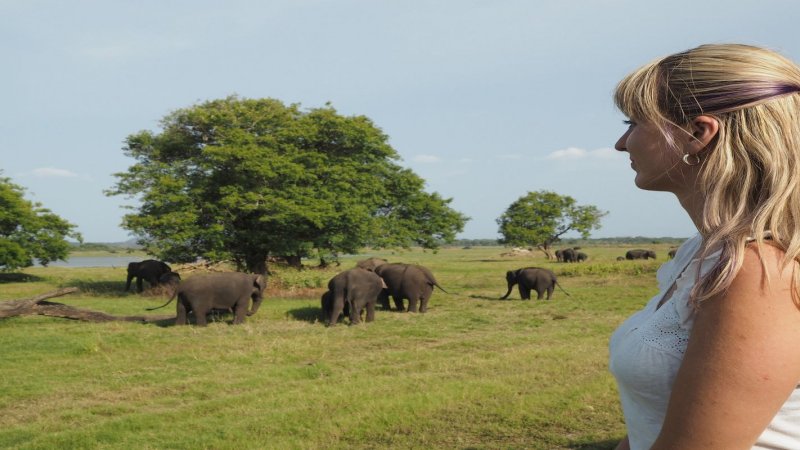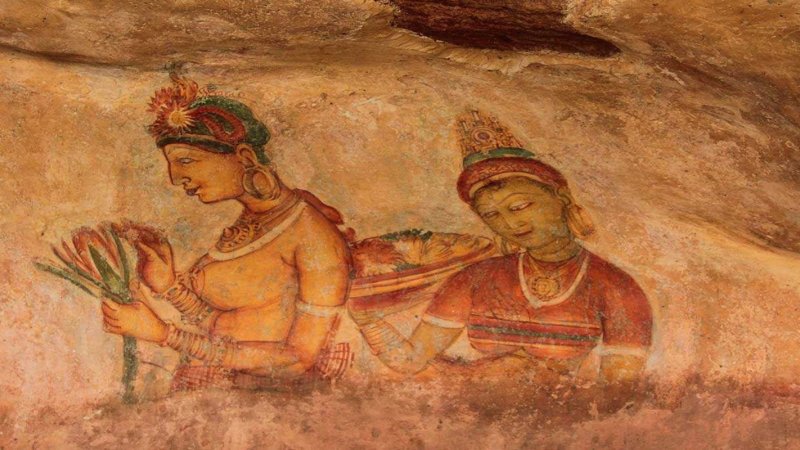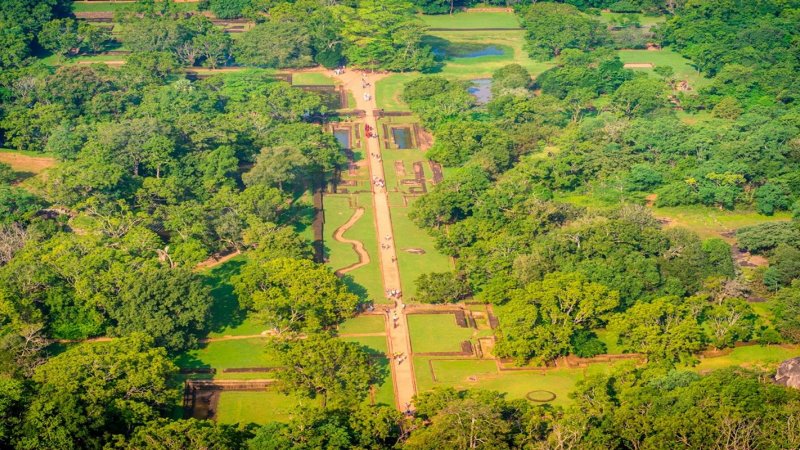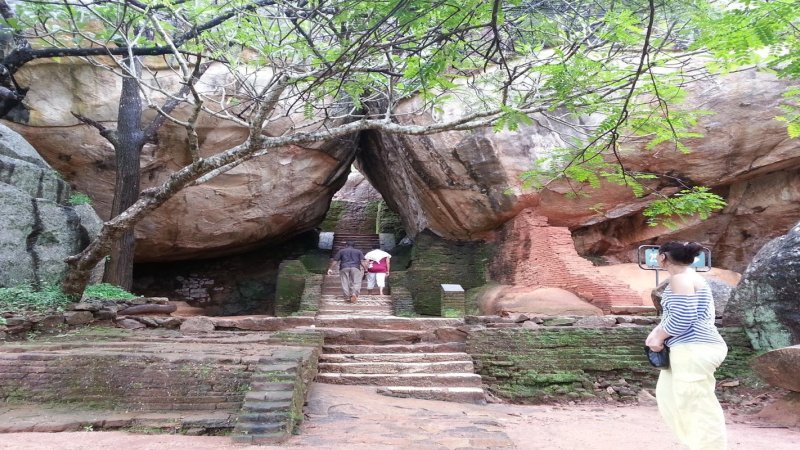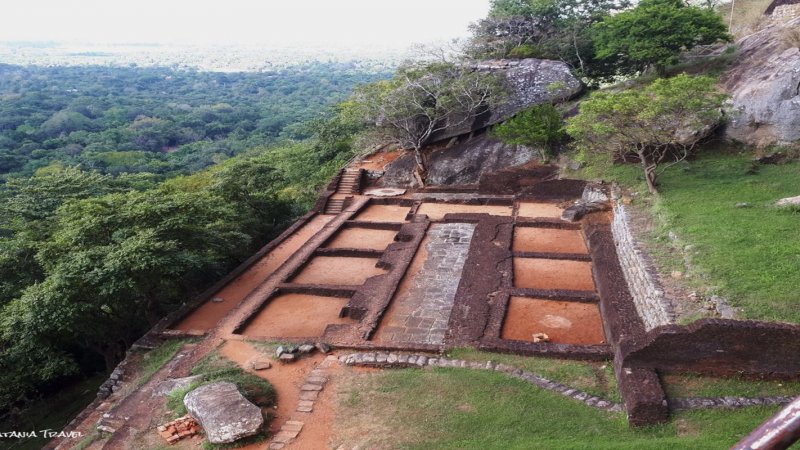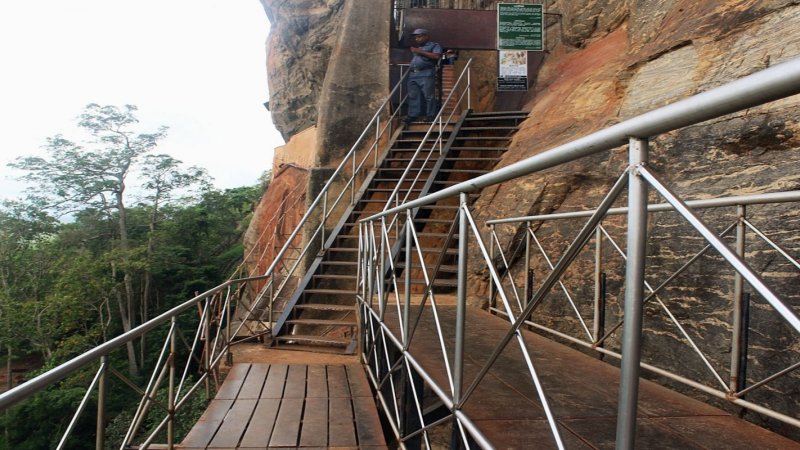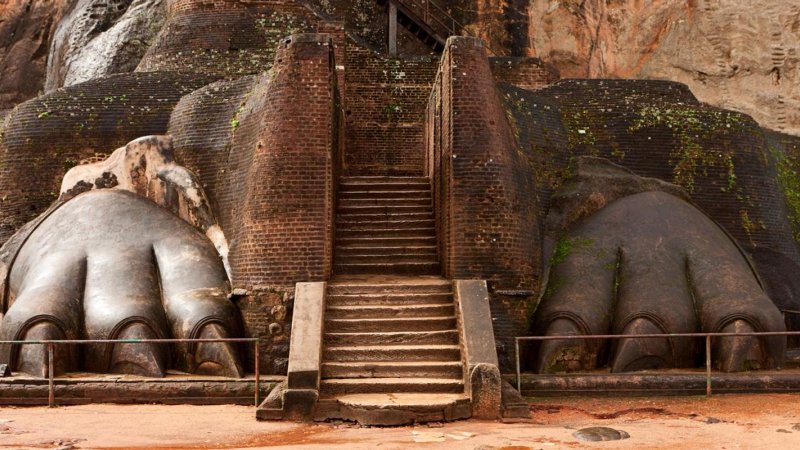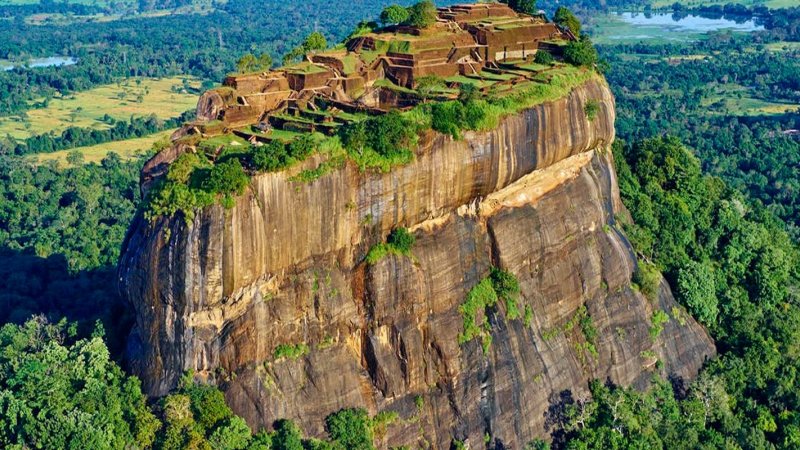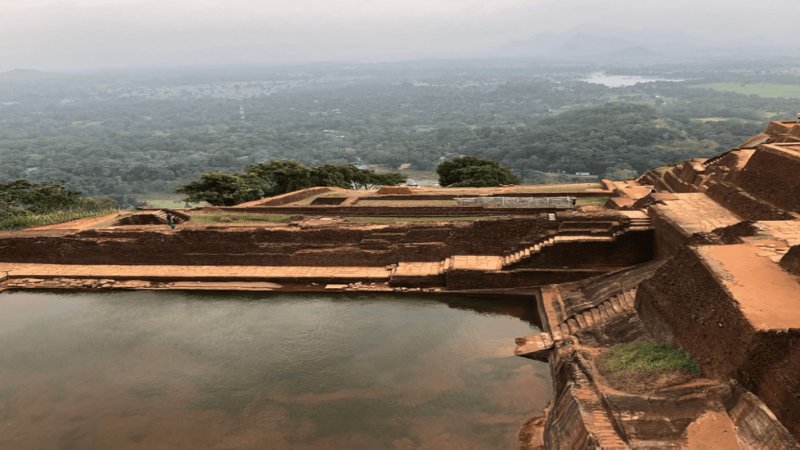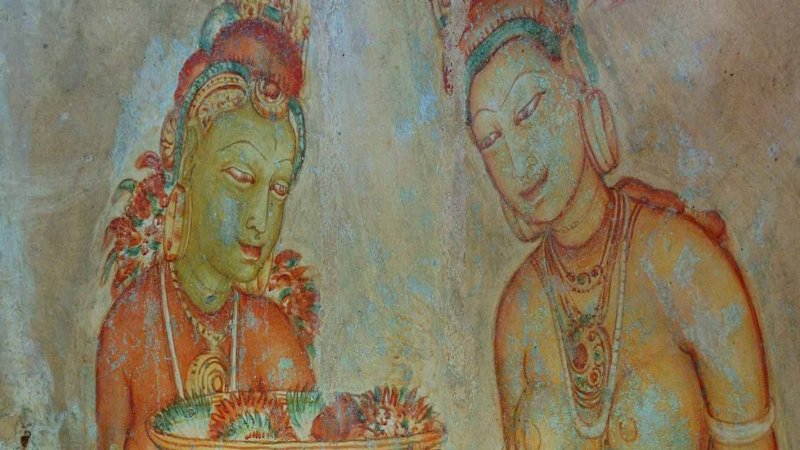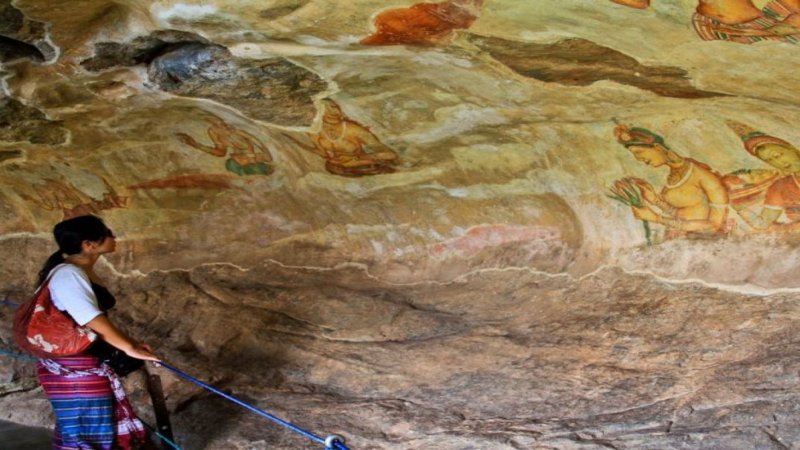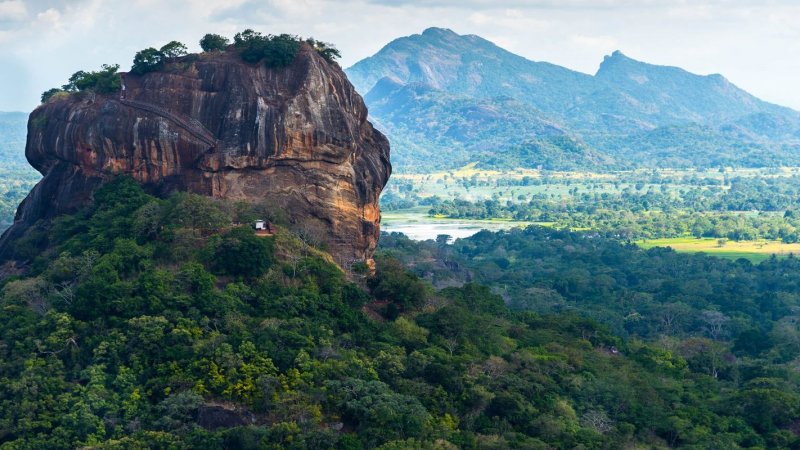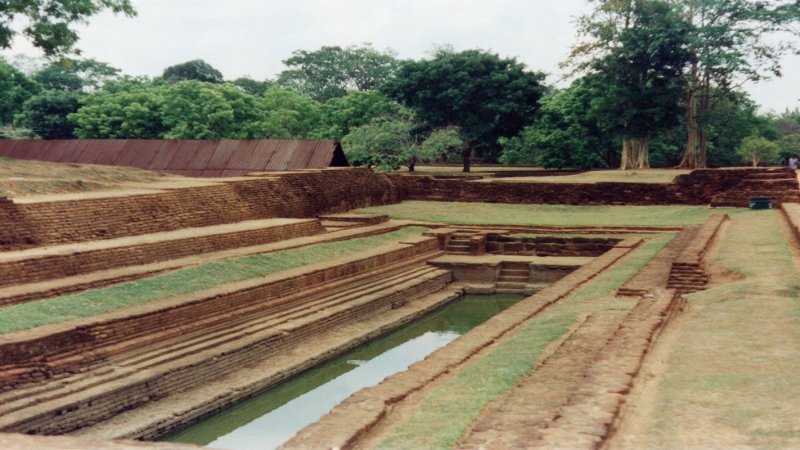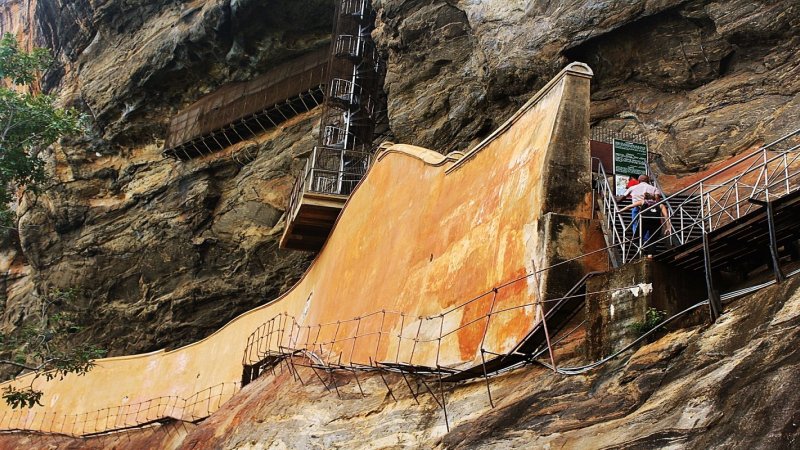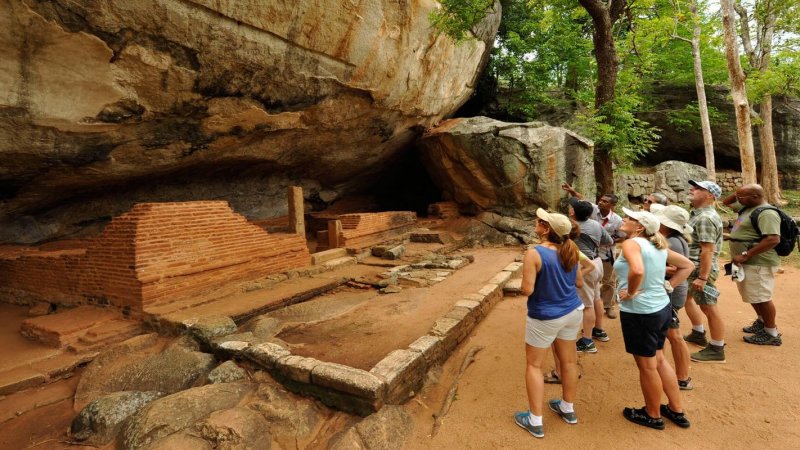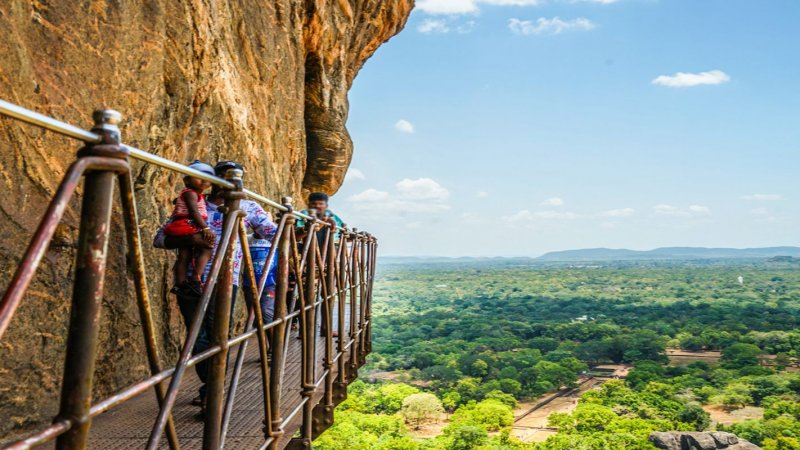CEYLON “ABORIGINES”
5 days & 4 nights
01.11.2025- 30.04.2026
Itinerary
DAY-1- ARRIVAL & TRANSFER TO KANDY
- ARRIVAL AT BANDARANAYAKE INTERNATIONAL AIRPORT.
- MEET & GREET BY LET’S SEE ASIA REPRESENTATIVE AT THE AIRPORT LOBBY.
- TRANSFER TO HILL CAPITAL, KANDY.
- UPON ARRIVAL, PROCEED TO EXPLORE KANDY CITY- YOU WILL VISIT KANDY VIEW POINT / KANDY LAKE/ GEM MUSEUM.
- CHECK INTO THE KANDY HOTEL.
- EVENING: PROCEED TO VISIT THE TRADITIONAL KANDY CULTURE SHOW AND THE TEMPLE OF TOOTH RELICS.
- DINNER & OVERNIGHT STAY AT KANDY HOTEL.
TRANSFER TO DAMBANA / WASGAMUWA
- BREAKFAST AT THE HOTEL
- AFTER BREAKFAST, TRANSFER TO VISIT " VEDDHA VILLAGE. ( Dambana) TO LEARN ABOUT THEIR LIFESTYLE.
- AFTER COMPLETION, TRANSFER TO WASGAMUWA.
- CHECK INTO THE WASGAMUWA HOTEL
- DINNER & OVERNIGHT STAY AT WASGAMUWA
DAY-3- EXPLORE WASGAMUWA NATIONAL PARK / TRANSFER TO HABARANA.
- EARLY MORNING, PROCEED TO VISIT WASGAMUWA NATIONAL PARK. YOUR SAFARI JEEP IS AWAITING OUTSIDE THE HOTEL. NEED TO COLLECT YOUR BREAKFAST PACKS FROM THE HOTEL RECEPTION.
- DRIVE TO PARK AND EXPLORE IT- HALF DAY SAFARI WILL TAKE AROUND 4-5 hrs.
- AFTER COMPLETION, TRANSFER TO HABARANA.
- BEFORE CHECKING INTO THE HOTEL, PROCEED TO DO THE VILLAGE TOUR.
- AFTER COMPLETION, CHECK INTO HABARANA HOTEL
- DINNER & OVERNIGHT STAY HABARANA.
DAY-4- TRANSFER TO POLONNARUWA ANCIENT CITY/ VISIT DAMBULLA.
- BREAKFAST AT DAMBULLA**
- TRANSFER FROM POLONNARUWA TO EXPLORE THE ANCIENT RUINS. THIS WILL TAKE APPROXIMATELY 4-5 HOURS TO COMPLETE THE VISIT TO THE ARCHAEOLOGICAL SITE.
- AFTERWARD, TRANSFER TO SIGIRIYA. ON THE WAY, VISIT THE DAMBULLA GOLDEN TEMPLE AND CAVE COMPLEX FOR EXPLORATION.
- ONCE YOU HAVE COMPLETED YOUR VISITS, CHECK INTO THE HOTEL IN SIGIRIYA.
- ENJOY DINNER AND AN OVERNIGHT STAY IN SIGIRIYA.
DAY-5- EXPLORE SIGIRIYA LION'S ROCK / DEPARTURE
- BREAKFAST AT THE HOTEL
- PROVEED TO EXPLORE SIGIRYA LION'S ROCK
- AFTER COMPLETION, TRANSFER TO THE AIRPORT
- DROP OFF AT THE DEPARTURE LOUNGE
- END OF THE TOUR.
 5
5
CINNAMON LODGE HABARANA
 4
4
RANDHOLI RESORT & SPA -KANDY
 4
4
FRESCO WATER VILLA - SIGIRIYA
 3
3
CASSANDRA CULTURE RESORT -SIGIRYA
 3
3
MOUNT BLUE - KANDY
 3
3
LAVENDISH SAFFARI HOTEL
 3
3
OAK RAY ELEPHANT HABARANA
Overview
KANDY /TEMPLE OF THE SACRED TOOTH RELIC /CULTURAL SHOW
Kandy is the second largest city in the country after Colombo. It was the last capital of the ancient kings' era of Sri Lanka. Kandy is the home of the Temple of the Tooth Relic (Sri Dalada Maligawa), one of the most sacred places of worship in the Buddhist world. It was declared a World Heritage Site by UNESCO in 1988. Enjoy the Kandy City Tour, including the Gem Factory, the Batik Factory, and the Wood Carving Center. In the evening, visit the Temple of the Tooth Relic and witness a traditional Sri Lankan cultural dancing show.
VEDDHA VILLAGE
The indigenous people in Sri Lanka are called the Vedda community. Throughout the centuries, these endearing people have proudly retained their unique ways of life. Their communities are truly quite beautiful and interesting
WASGAMUWA NATIONAL PARK
The national park was established in 1984 to protect and serve as a refuge for displaced wild animals during the Mahaweli Development Project. It was originally designated as a nature reserve in 1938 and classified as a strict nature reserve in the early 1970s. Wasgamuwa is one of the protected areas where large herds of Sri Lankan elephants can be observed. The best time to visit the park is from November to May, as this period offers the greatest opportunity to see these large herds of elephants. For those exploring the ancient cities of Polonnaruwa and Dambulla, an exciting and adventurous safari to Wasgamuwa National Park is highly recommended. The Sri Lankan sloth bear is a recognized subspecies of the sloth bear and is considered highly threatened, with only about 1,000 remaining globally, and as few as 500 left in the wild habitats of Sri Lanka. This bear is primarily omnivorous and relies heavily on forest environments, which is why habitat destruction is a major factor in its decline. Wasgamuwa National Park has long been known as a prime location to observe these bears, with the name "Wasgamuwa" derived from the Sinhala term “Walas Gamuwa,” where “walaha” means bear and “gamuwa” means woods.
SIGIRIYA/ HABARANA VILLAGE TOUR
which includes a bullock cart ride, a catamaran ride on Sigiriya Lake, a visit to a village home, and the opportunity to prepare and taste local foods with a village woman.
POLONNARUWA ANCIENT RUINS
Polonnaruwa is one of the best attractions in Sri Lanka and offers an inspiring glimpse into the country’s medieval history. This archaeological park is easily accessible and spans approximately four kilometers from north to south. Originally enclosed by three sets of concentric walls, Polonnaruwa was further protected to the west by the expansive Parakrama Samudra Tank, a man-made reservoir that provided water, irrigation, and refreshing breezes. In 993, Anuradhapura, which was Sri Lanka’s first glorious capital, fell to South Indian Chola invaders who then moved the capital south to Polonnaruwa. The Cholas maintained their presence in the city for over 70 years until they were eventually ousted by the Sinhalese King Vijayabahu I in 1073. He made Polonnaruwa his capital. Successive kings, particularly Parakramabahu I and Nissankamalla, significantly expanded and beautified the city, which served as a royal capital for more than 200 years. However, South Indian invaders returned, leading to Polonnaruwa's decline as the capital was moved to a safer location near present-day Colombo.
MINNERIYA NATIONAL PARK
Located between Habarana and Pollonnaruwa, Minneriya is yet another haven for the elephants who migrate from surrounding jungles to enjoy the lush grass fields on the banks of the Minneriya reservoir during the dry season. Reports of elephant sightings range from a mere 100 to an astounding 700. Endemic monkeys, as well as many resident and migratory bird species, can also be spotted along with endemic reptiles such as the painted-lip lizard. Among the reptiles that dwell here are the saltwater crocodile, the Indian python, and the water monitor.
SIGIRIYA LIONS ROCK
Sigiriya Lions Rock is a UNESCO World Heritage site located in Sri Lanka. Rising 200 meters above the surrounding jungle, this massive rock fortress was once the royal citadel of King Kashyapa in the 5th century AD. The rock gets its name from a giant lion statue that once stood at the entrance to the summit, where the king’s palace was located. Though only the lion’s paws remain today, they hint at the grandeur of the original structure.
The site is famous for its well-preserved frescoes, ancient water gardens, and stunning panoramic views. Sigiriya’s unique blend of natural beauty and historical significance makes it one of Sri Lanka’s most iconic landmarks, attracting visitors from around the world.
Quotation on request basis. Please fill out the booking form and send us.
Inclusions for the rate
- Accommodation in standard rooms on a half-board basis at hotels specified or of similar standard.
- Transportation by air-conditioned vehicle from pick up at the airport to drop off in Colombo
- All transfers are on a Private basis in a comfortable, dual A/C minivan.
- Service of a professional English-speaking Driver
- Hotels, as mentioned above, with daily breakfast and dinner.
- Toll/Parking fees.
- Government TAX/VAT (Kindly note that this is subject to change in the event the government changes its tax policy
- A minimum of 4 People are needed to apply the above rate.
Value added services
- Bottled water during the tour.
- 1 SIM Card 15 GB
- Gift Souvenirs.
Exclusions for the rate
- Visa fees –
- Entrance Fees for sites mentioned in the itinerary.
- Licenced National Guide.
- Kandy Perahara Supplements.
- New Year and Christmas night Supplements
- Peak Period Supplements ( 20.12.2025- 10.01.2026)
- Cost of beverage throughout the tour.
- Expenses of a personal nature.
- Tips and Porterage
- Any other services not specified above
- Optional excursions and additional services could be provided, for which we will charge additionally.
- Visits to wildlife parks will be at the client's own risk.
Hotel rules & Regulations
- The official check-in time at all hotels will be at 1400 hours.
- The official check-out time at all hotels will be at 12:00 hours.
